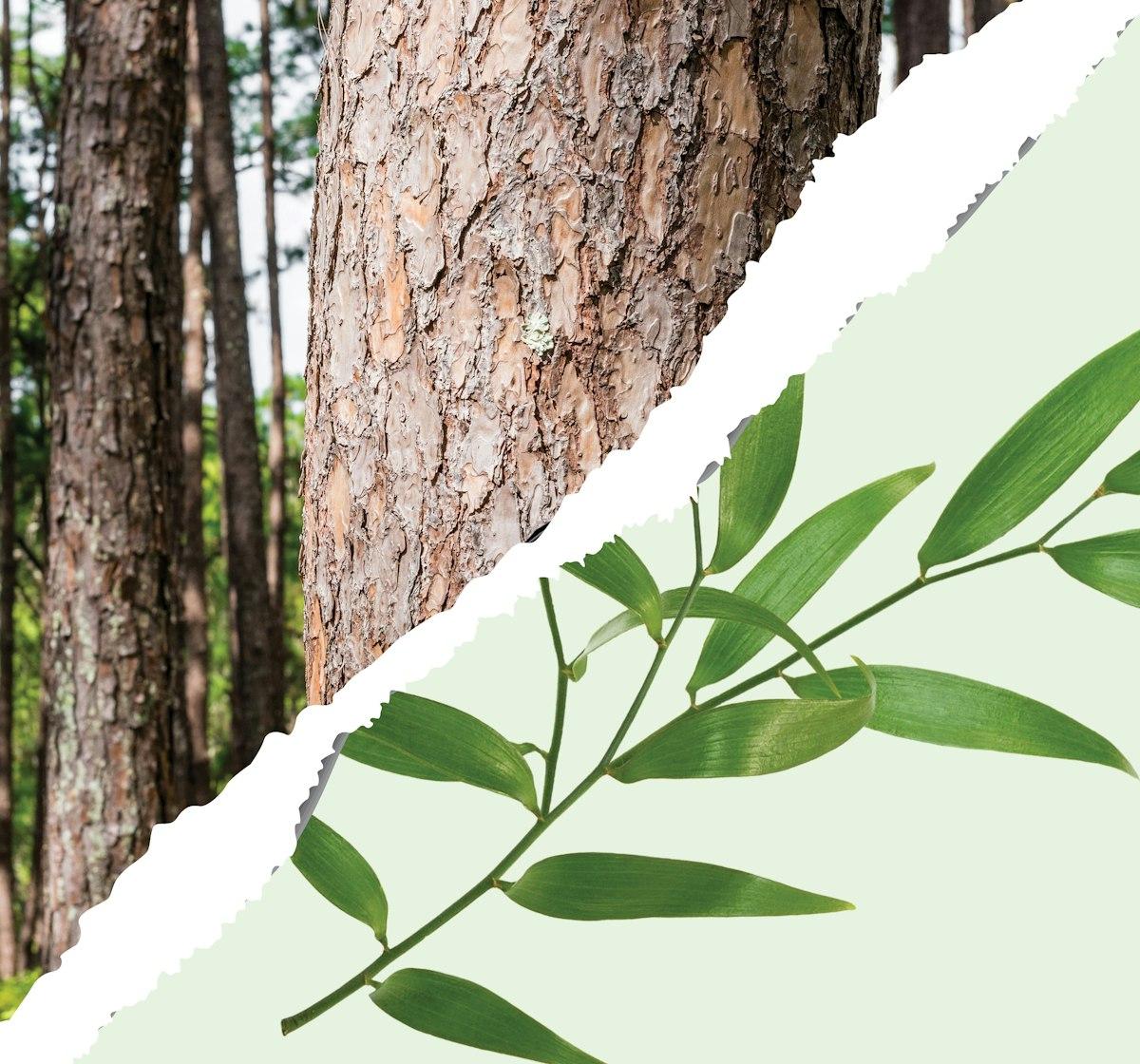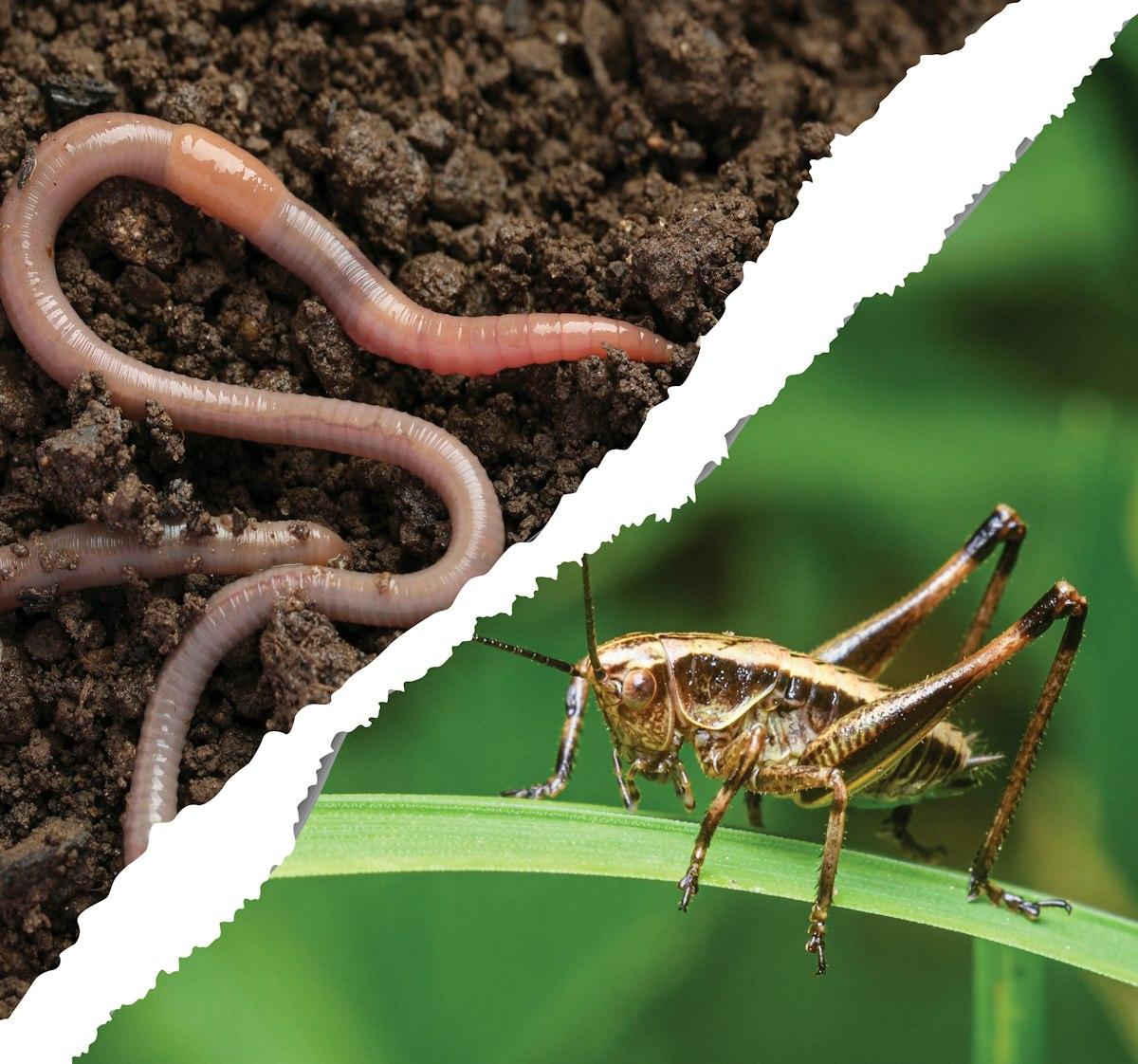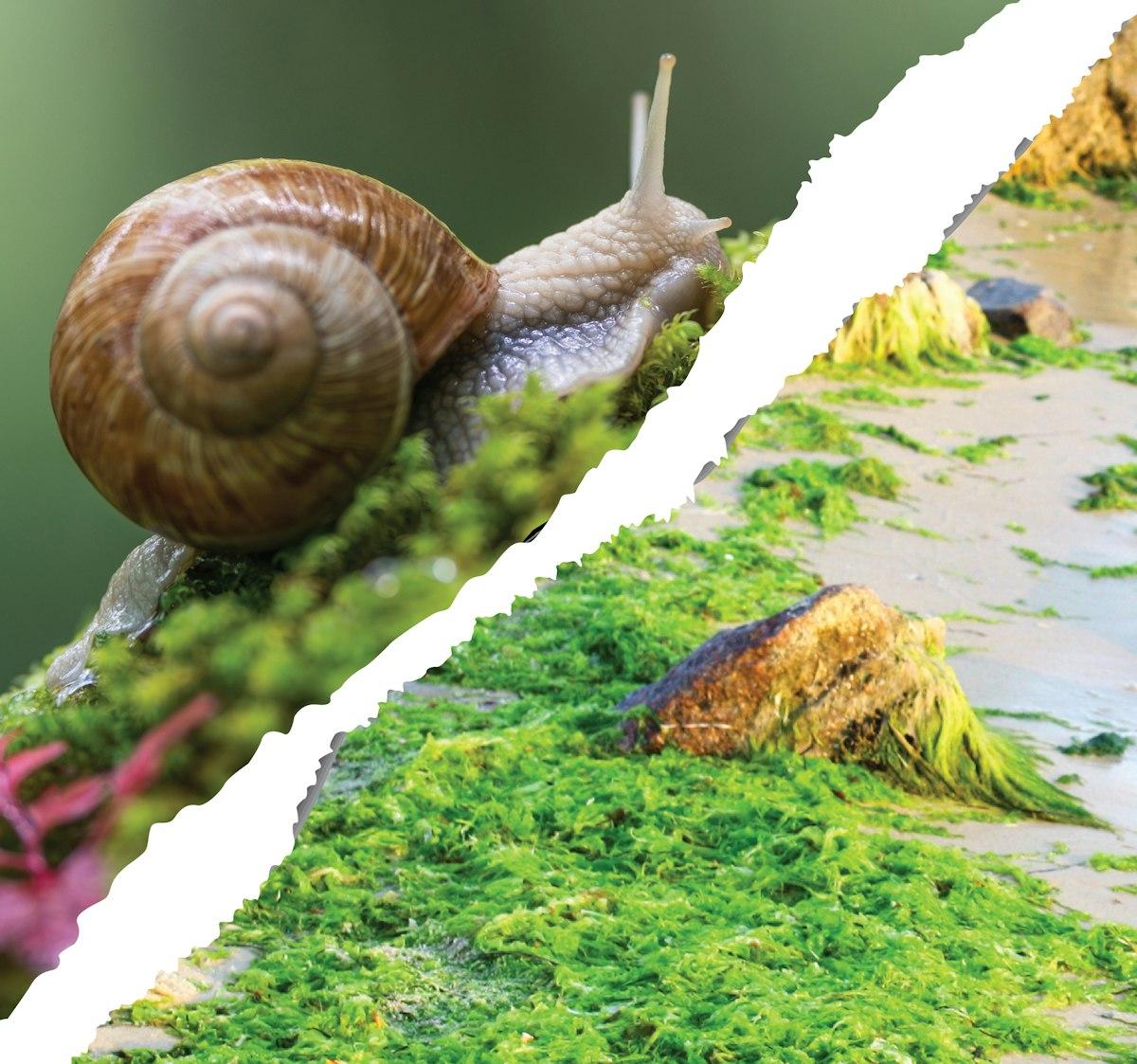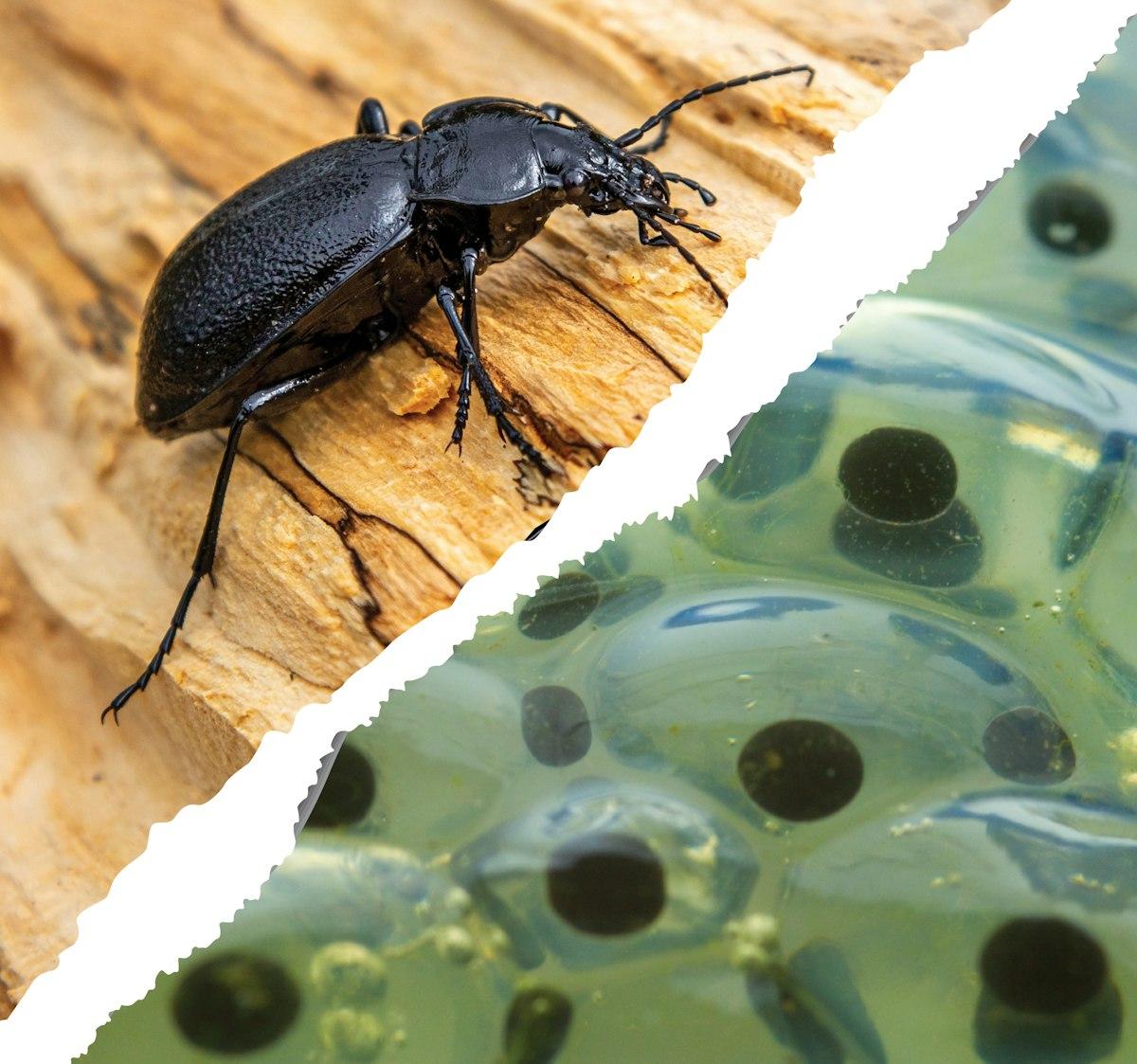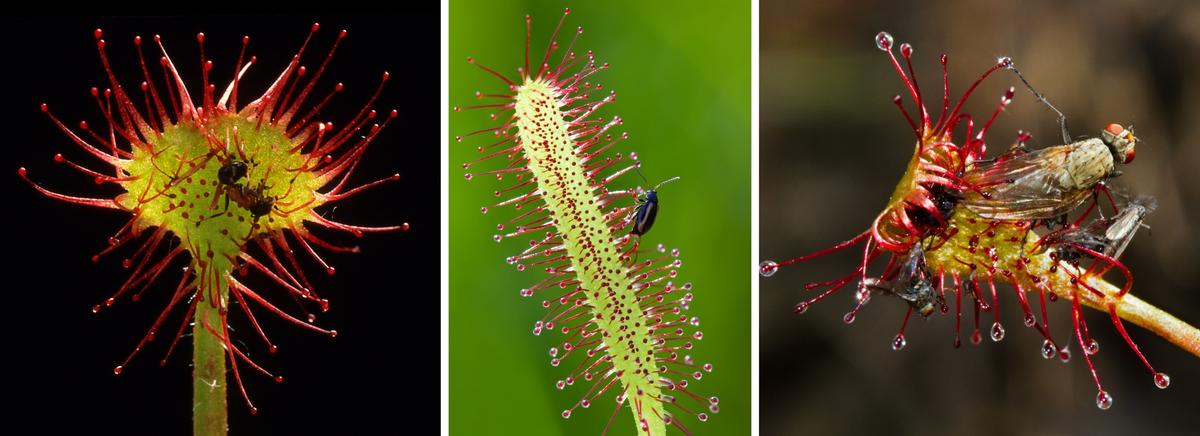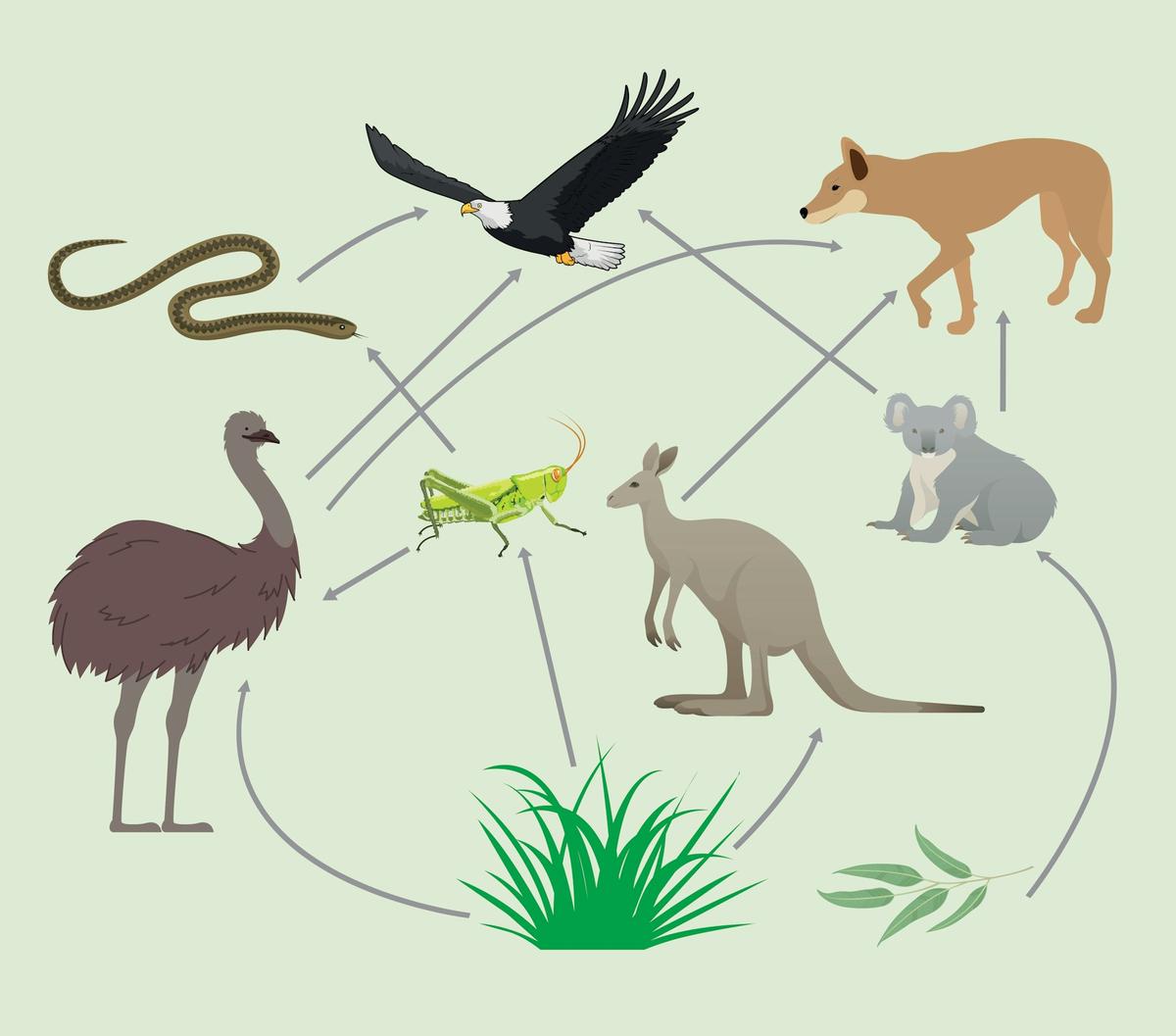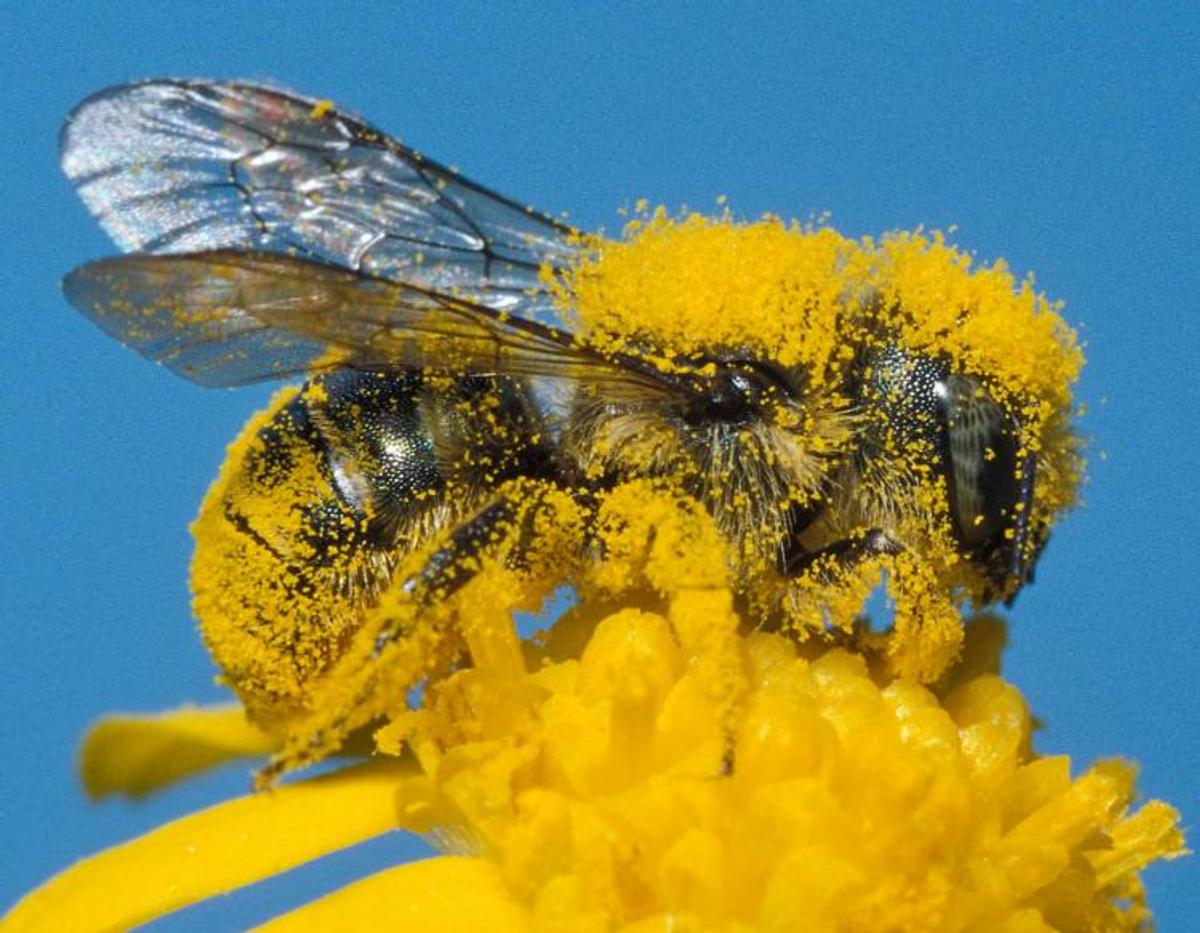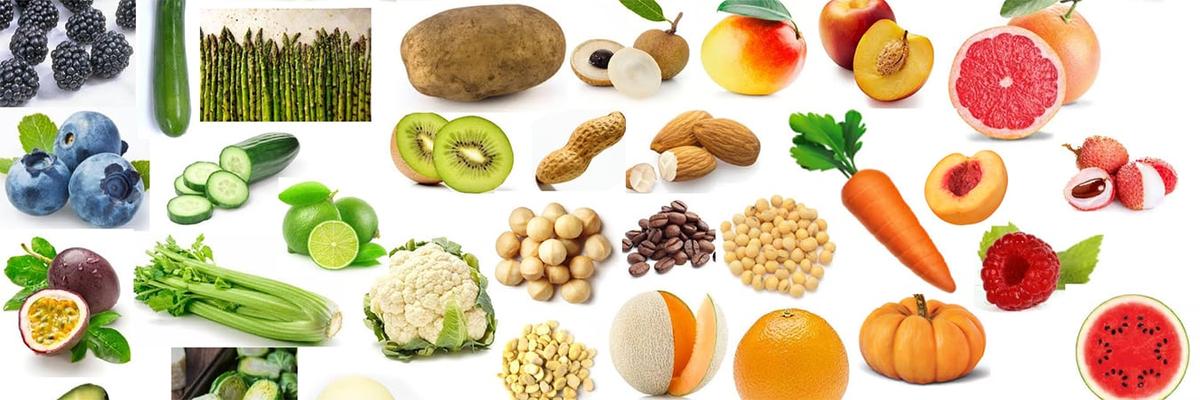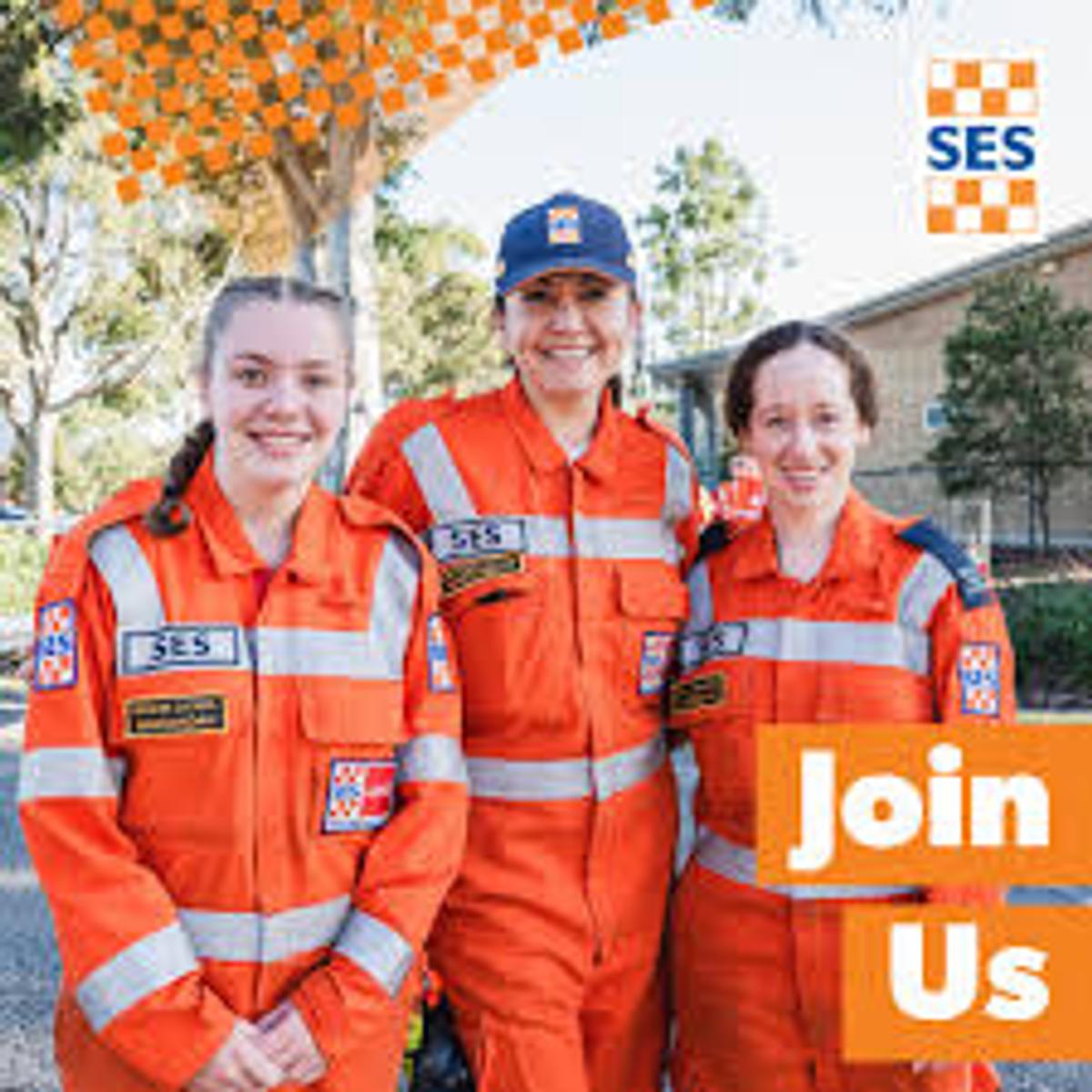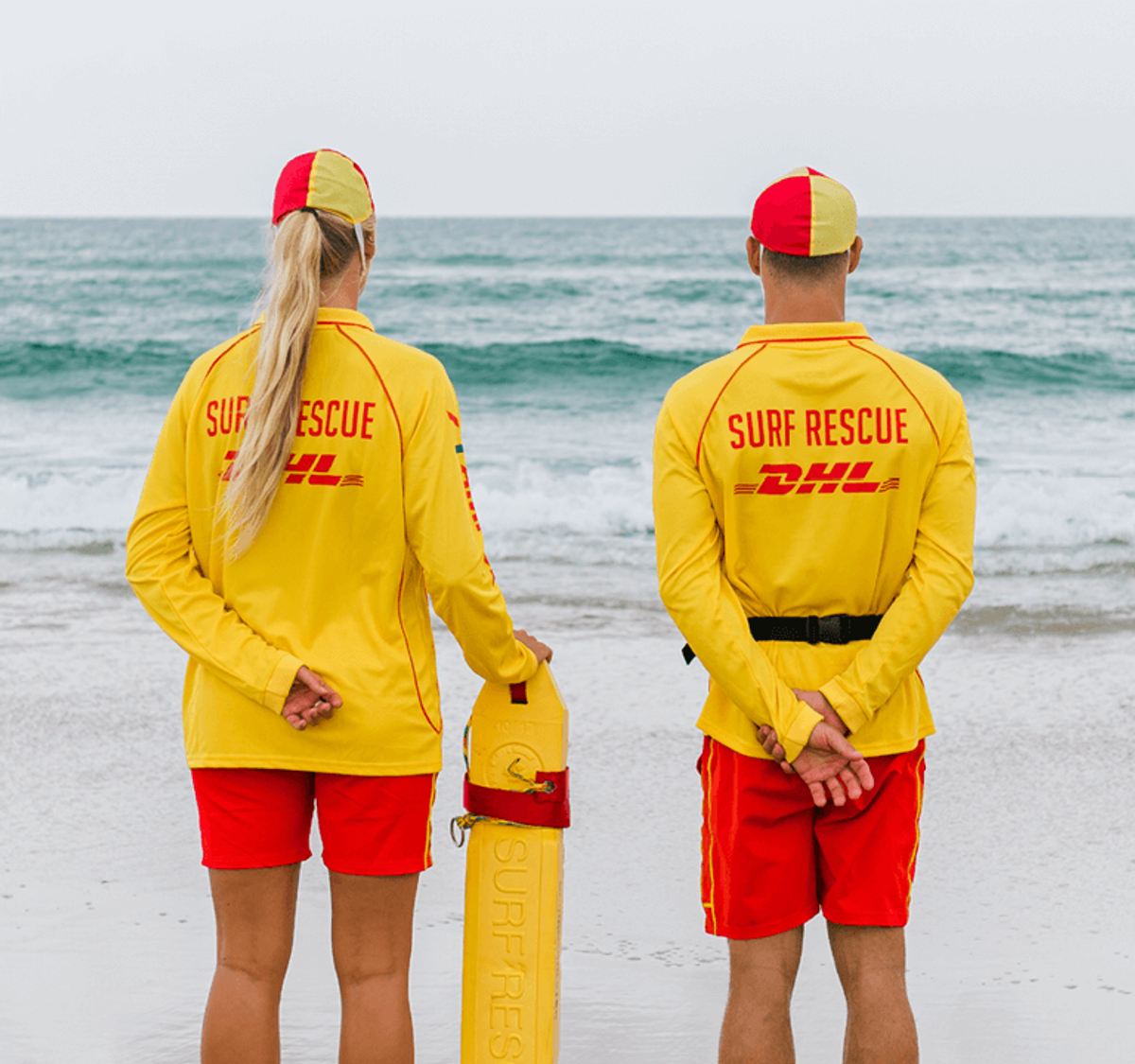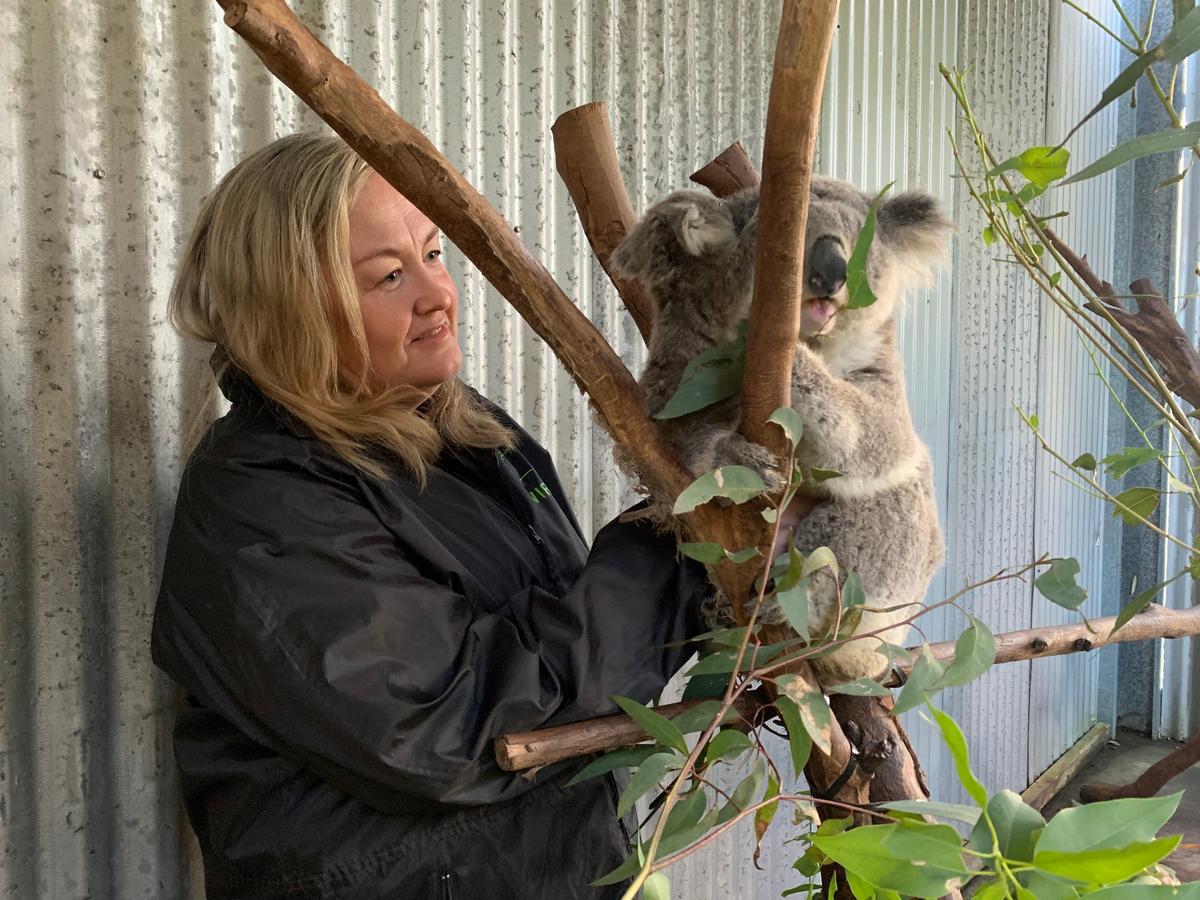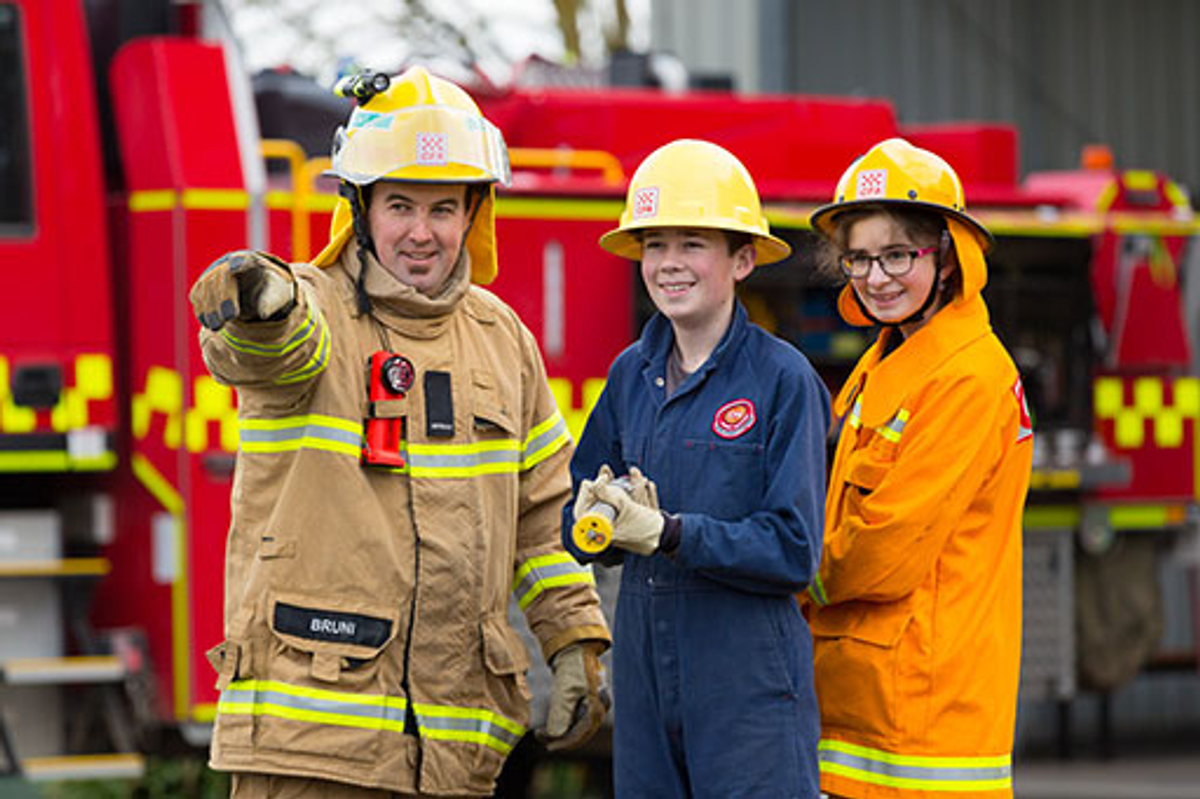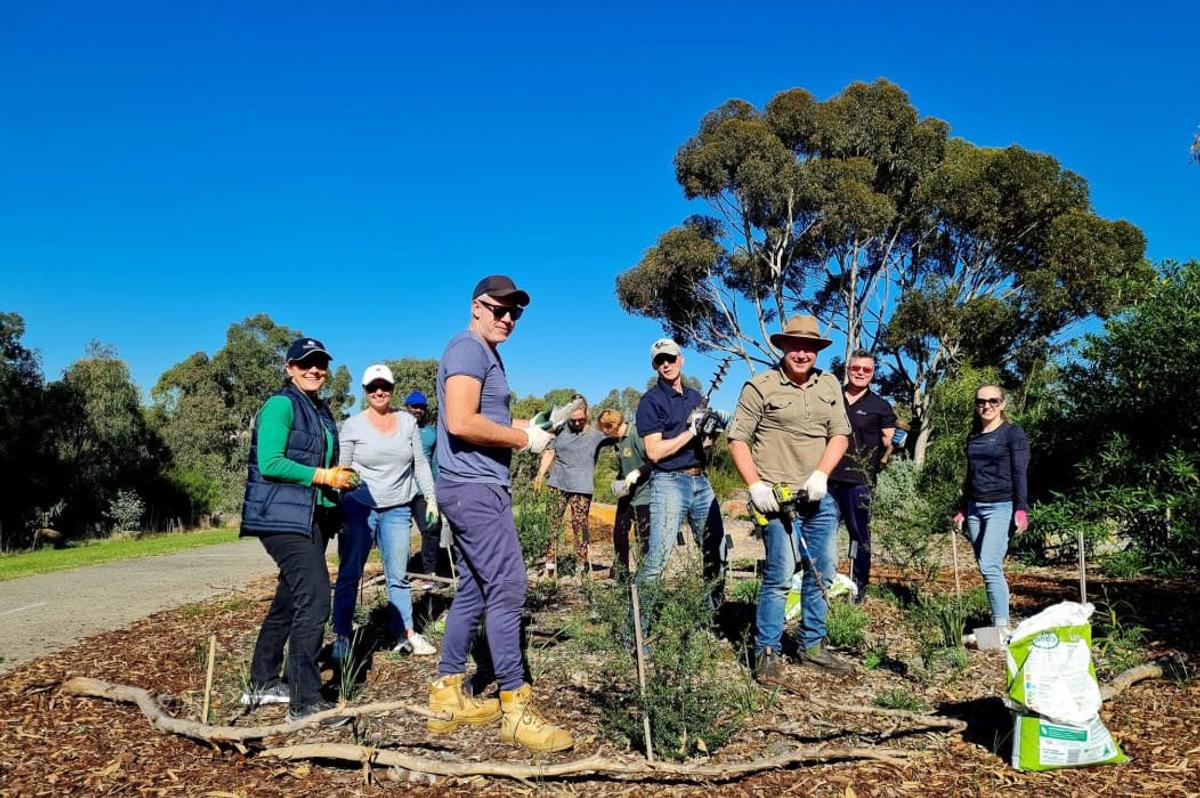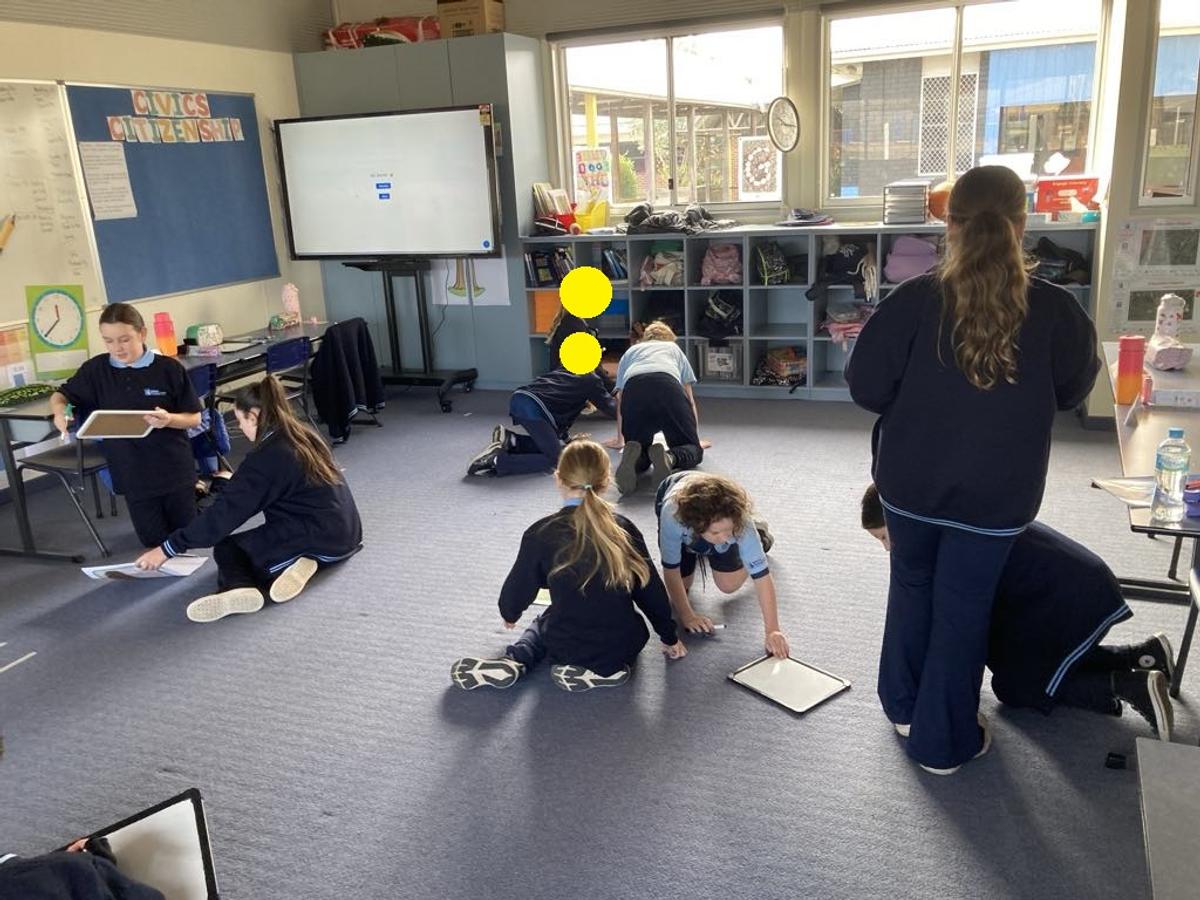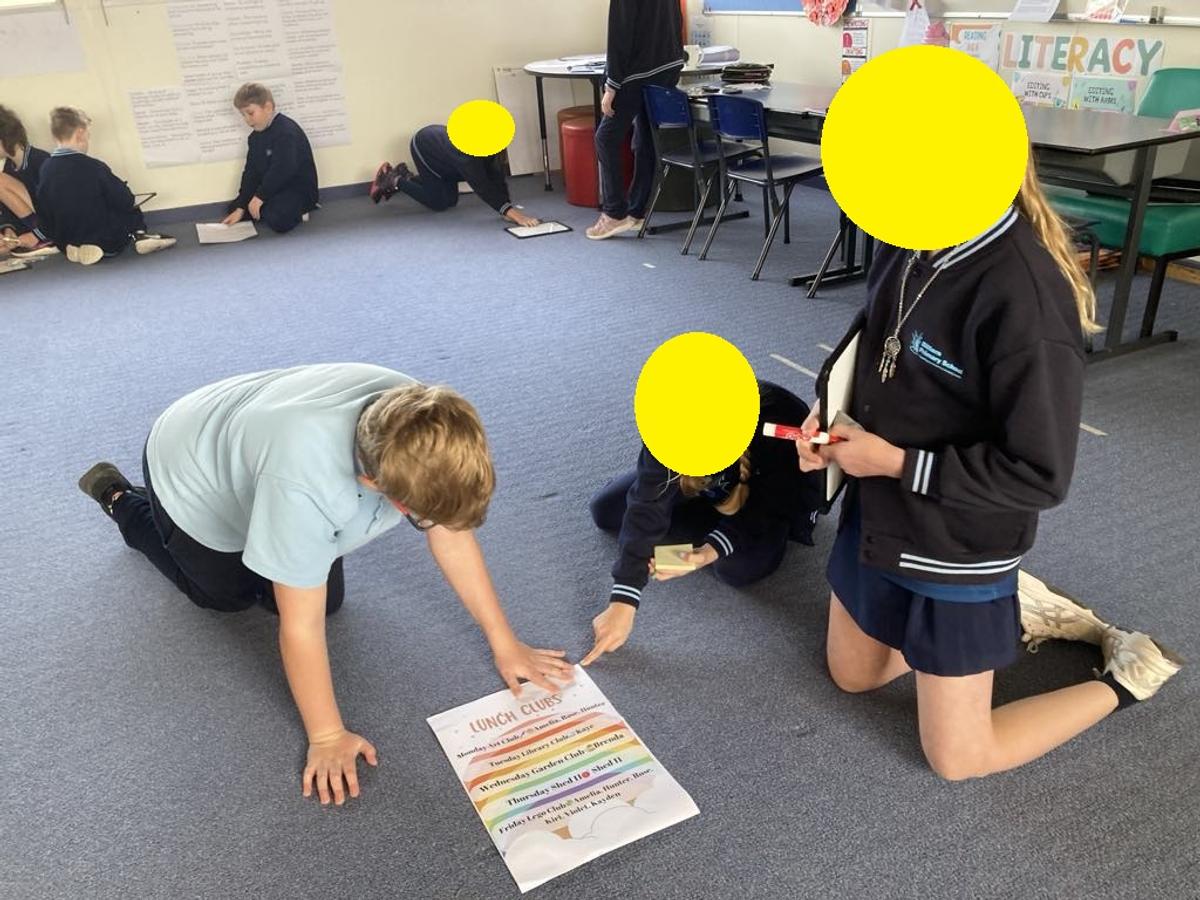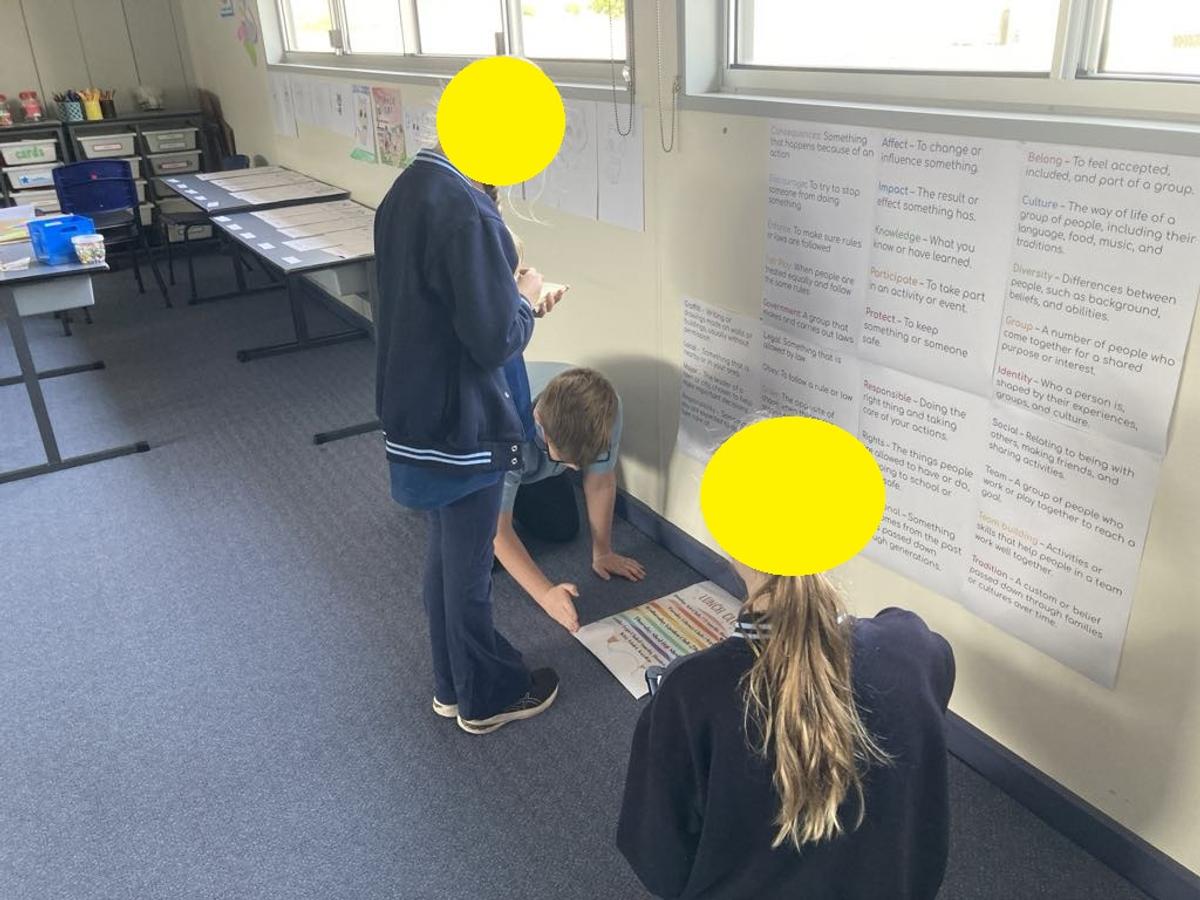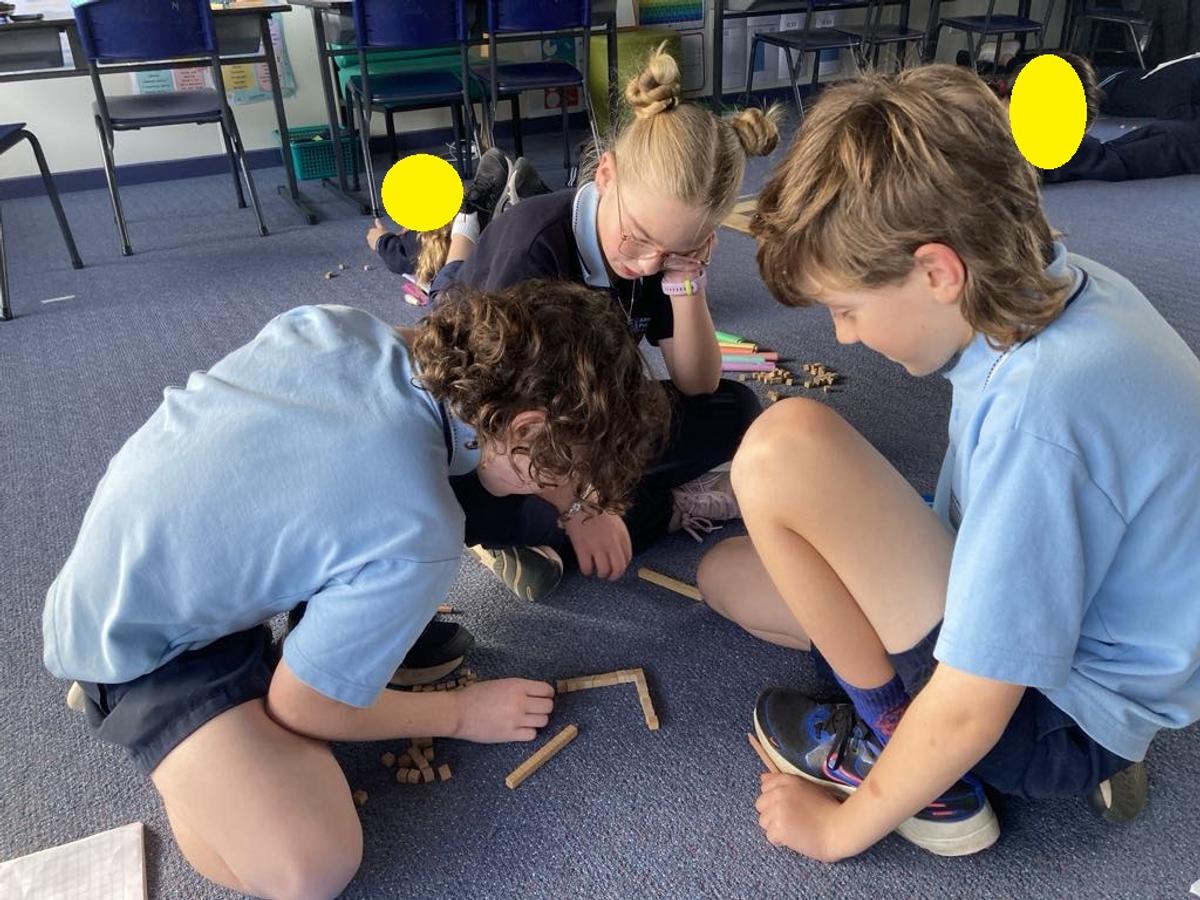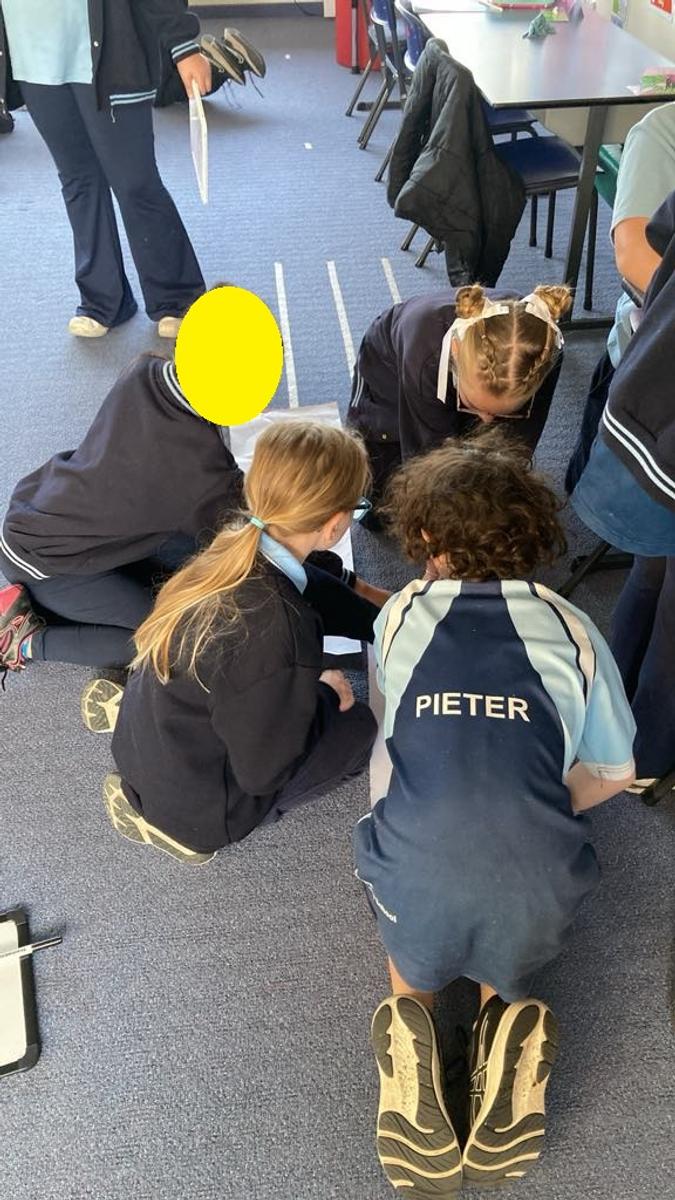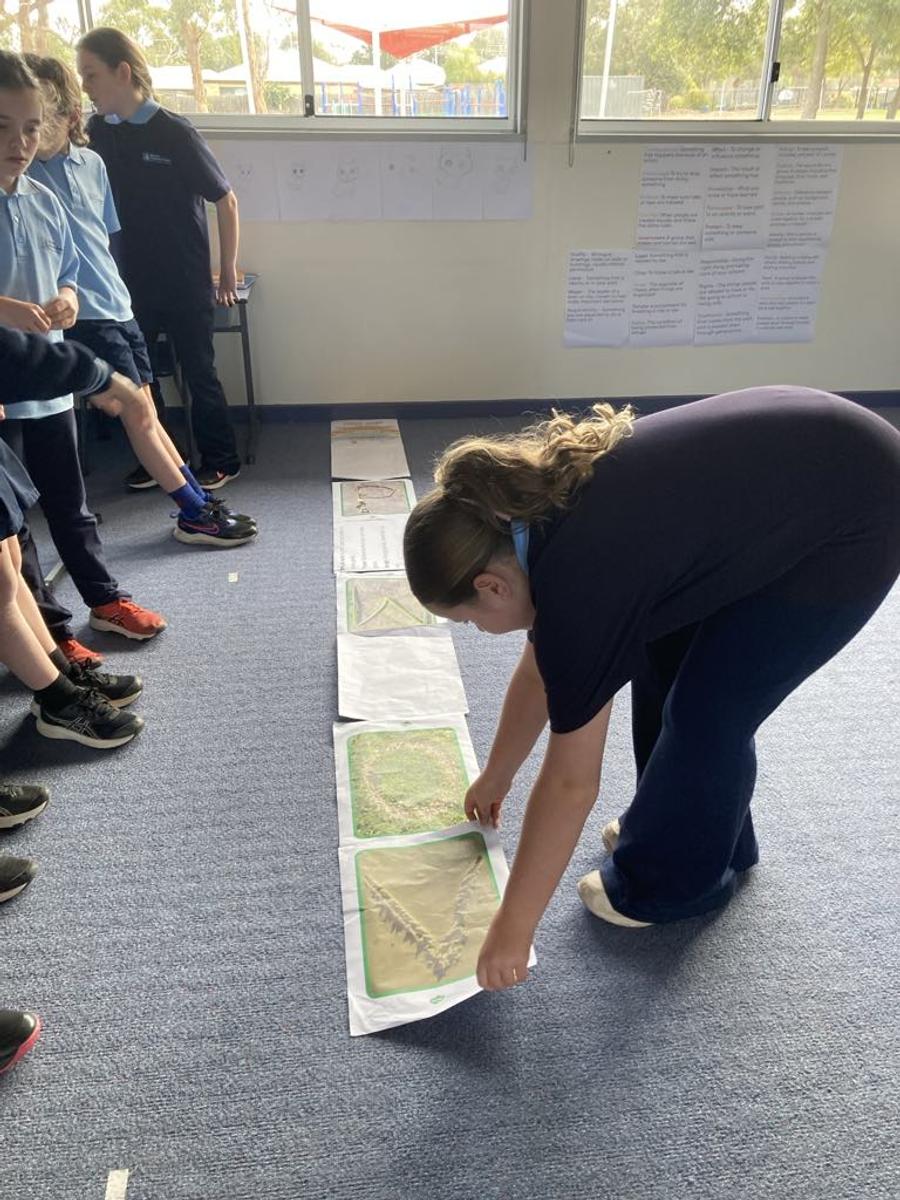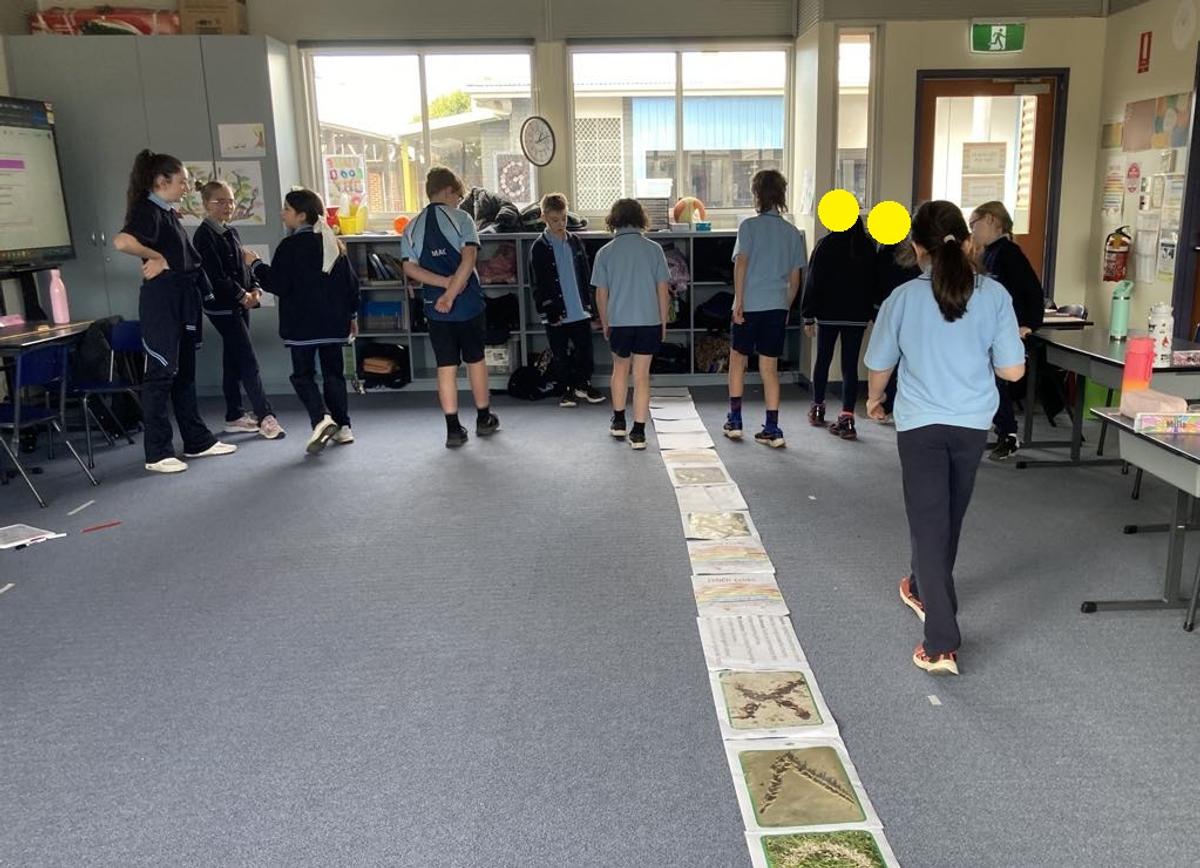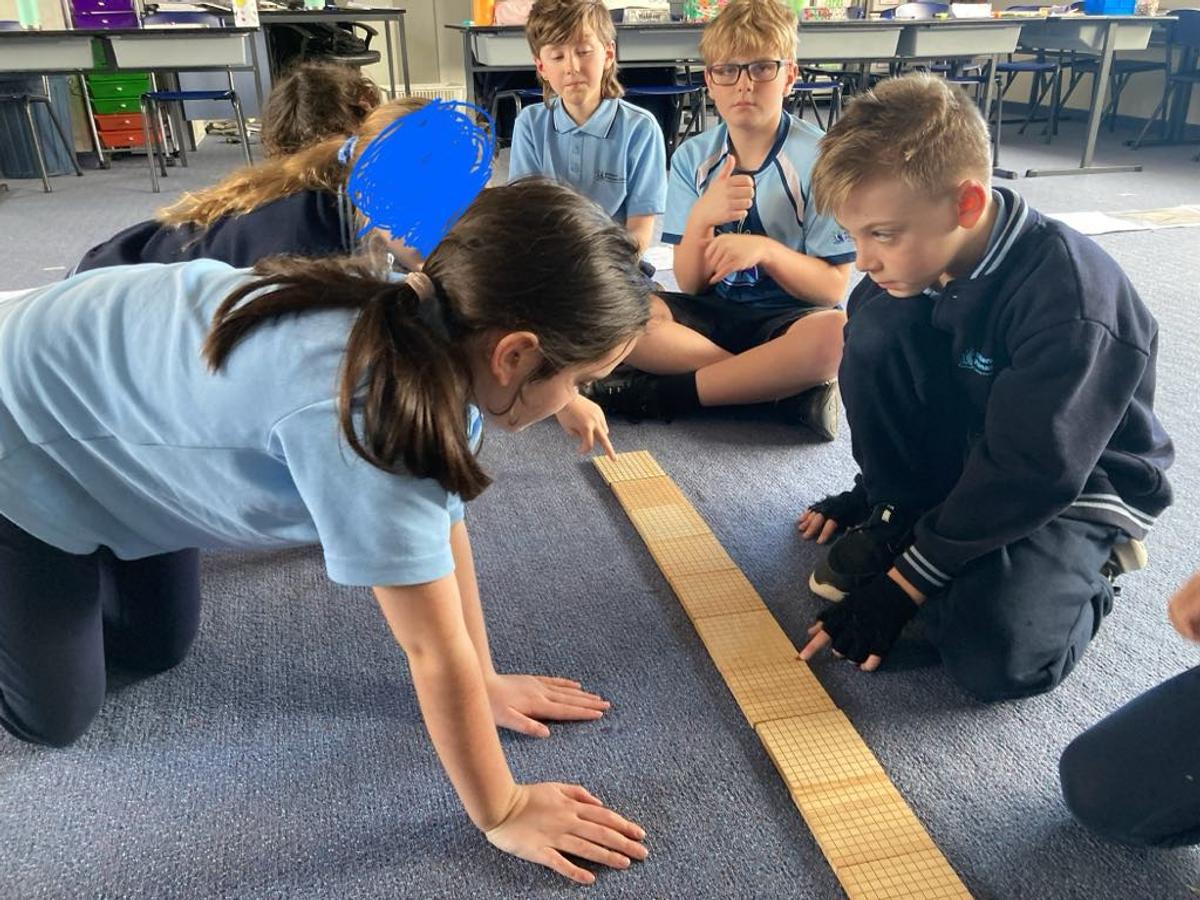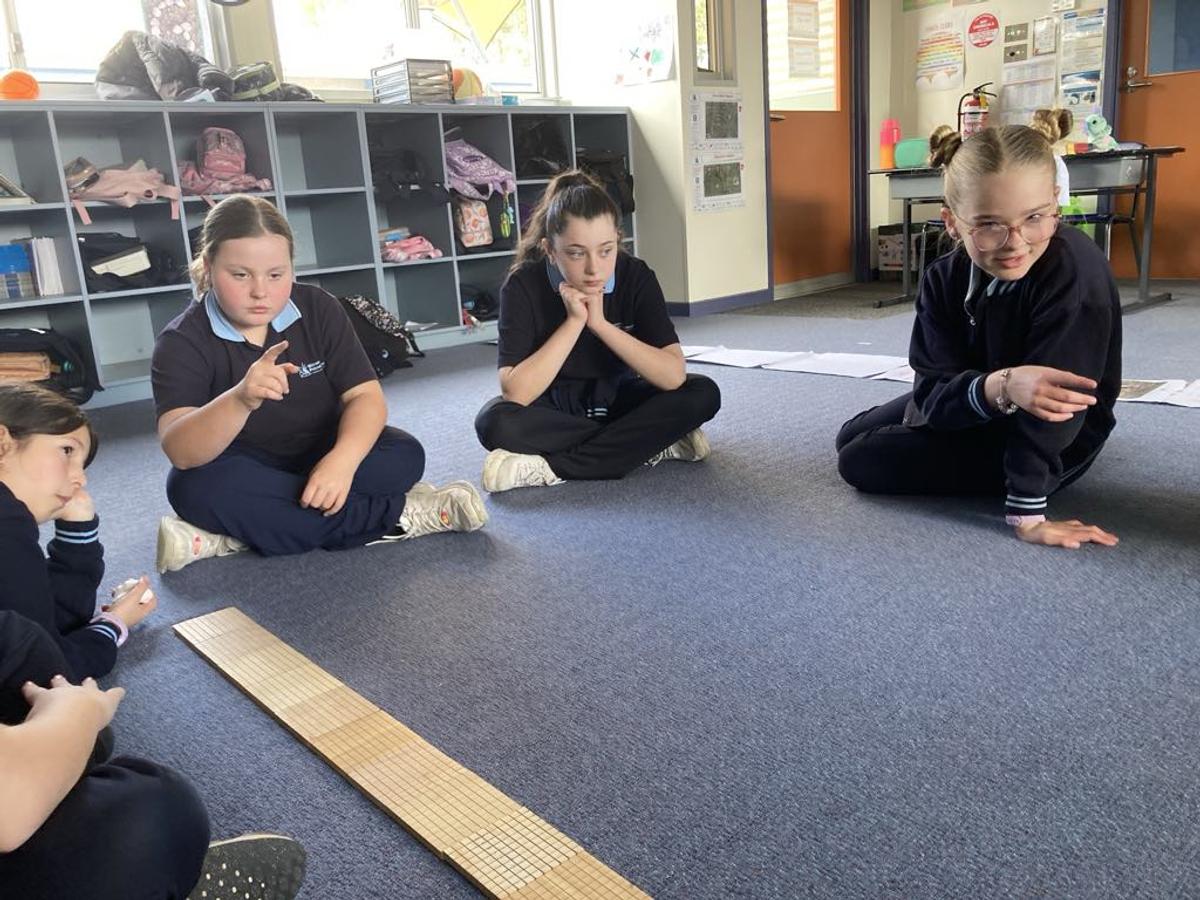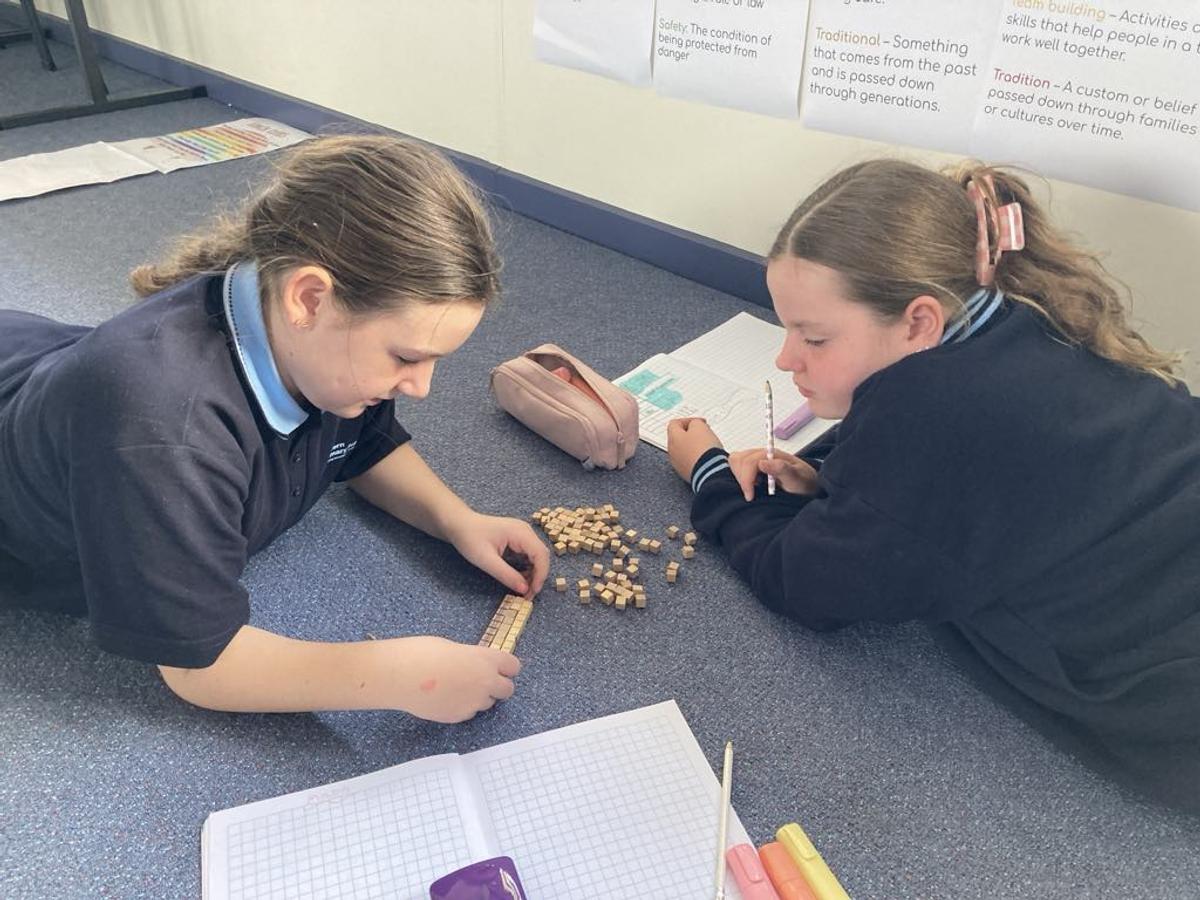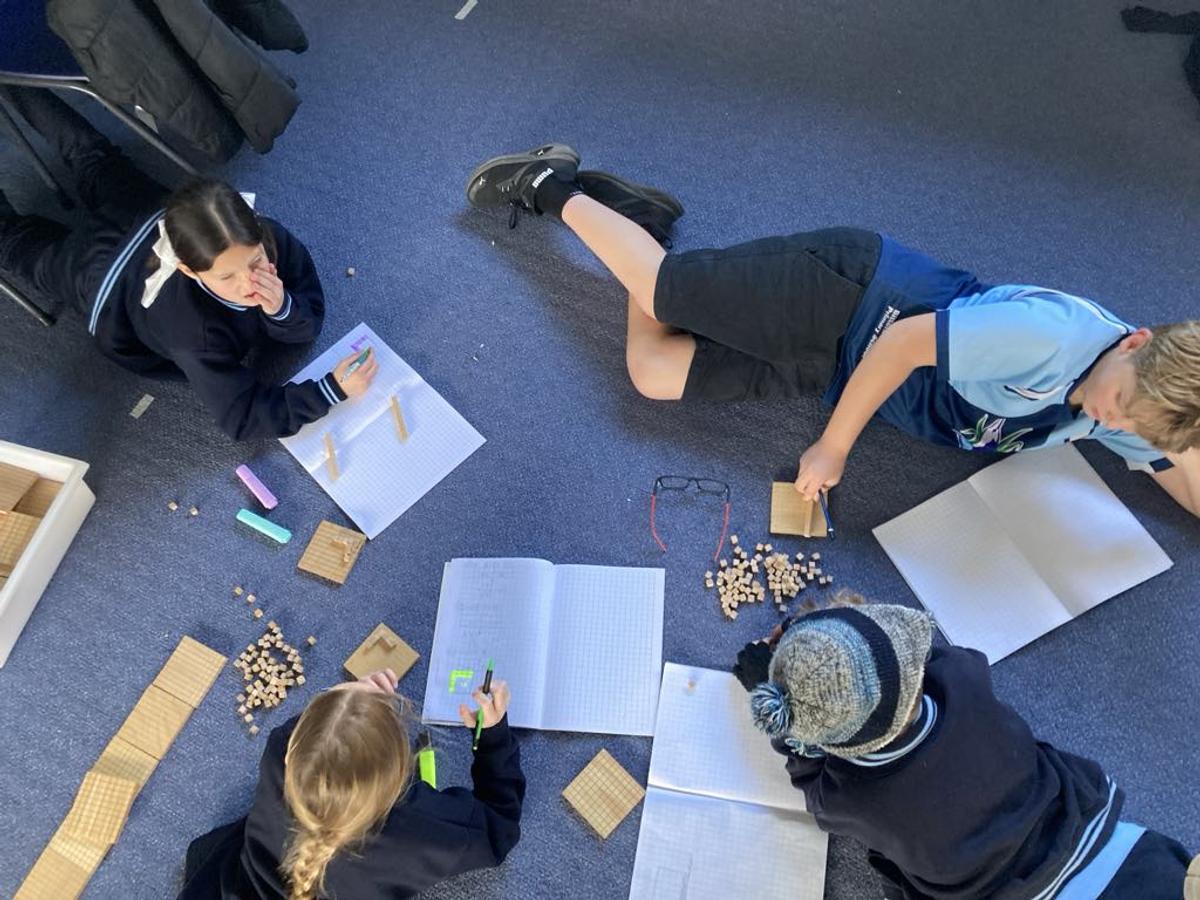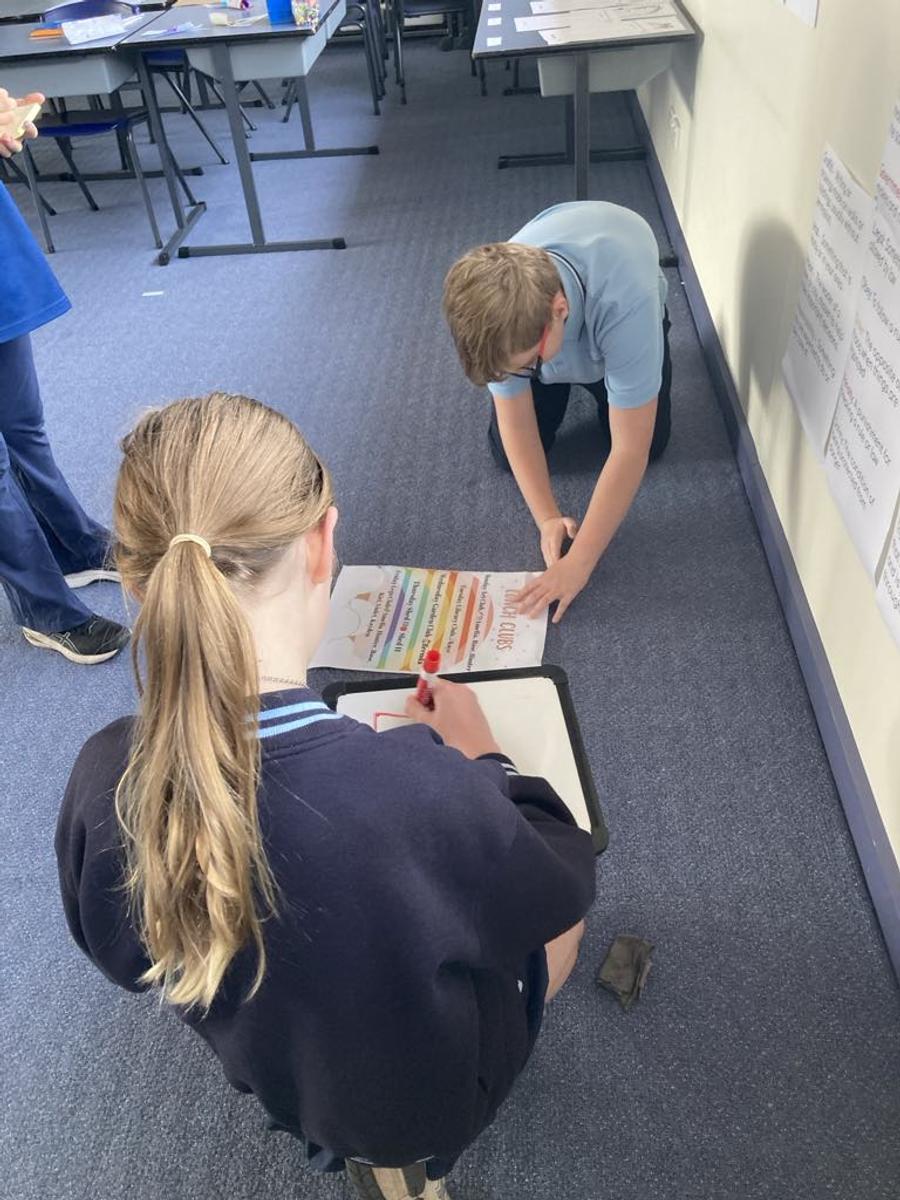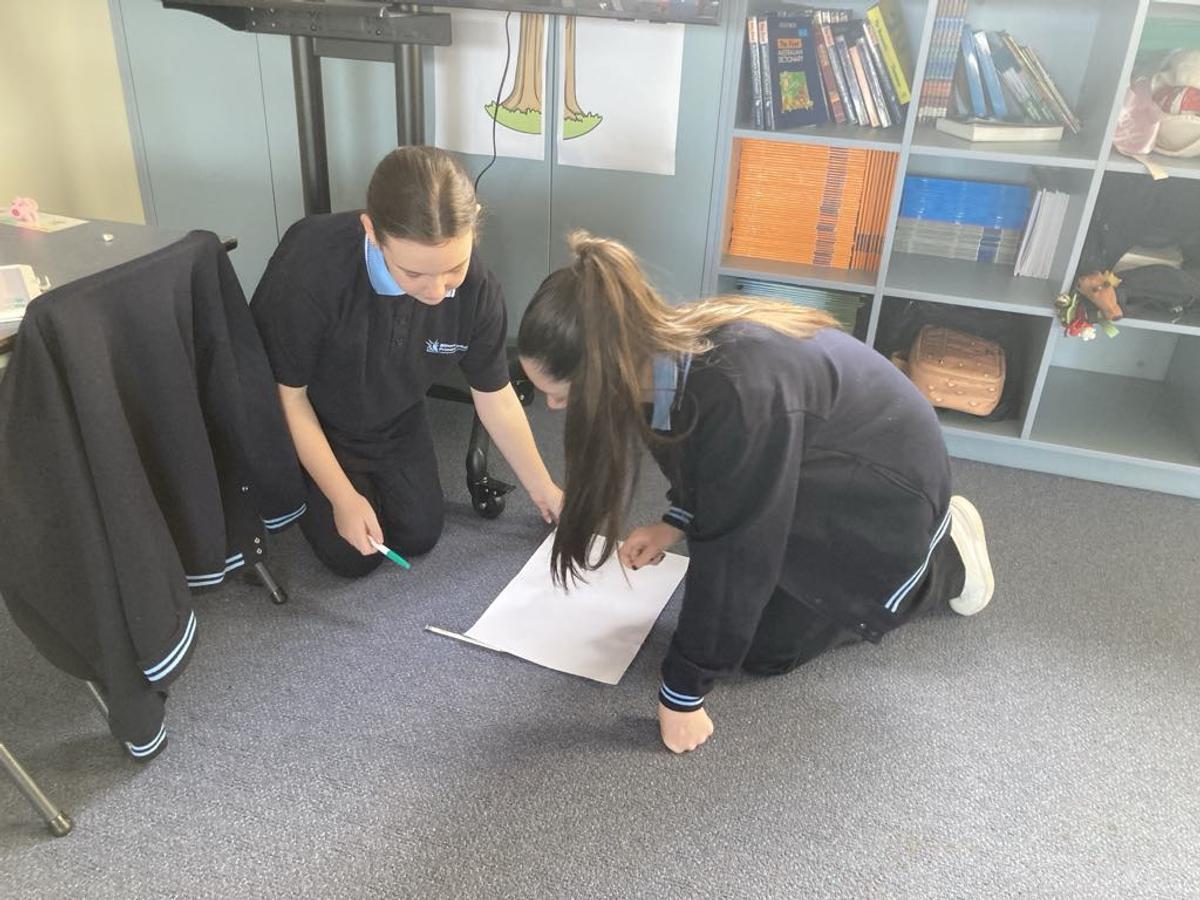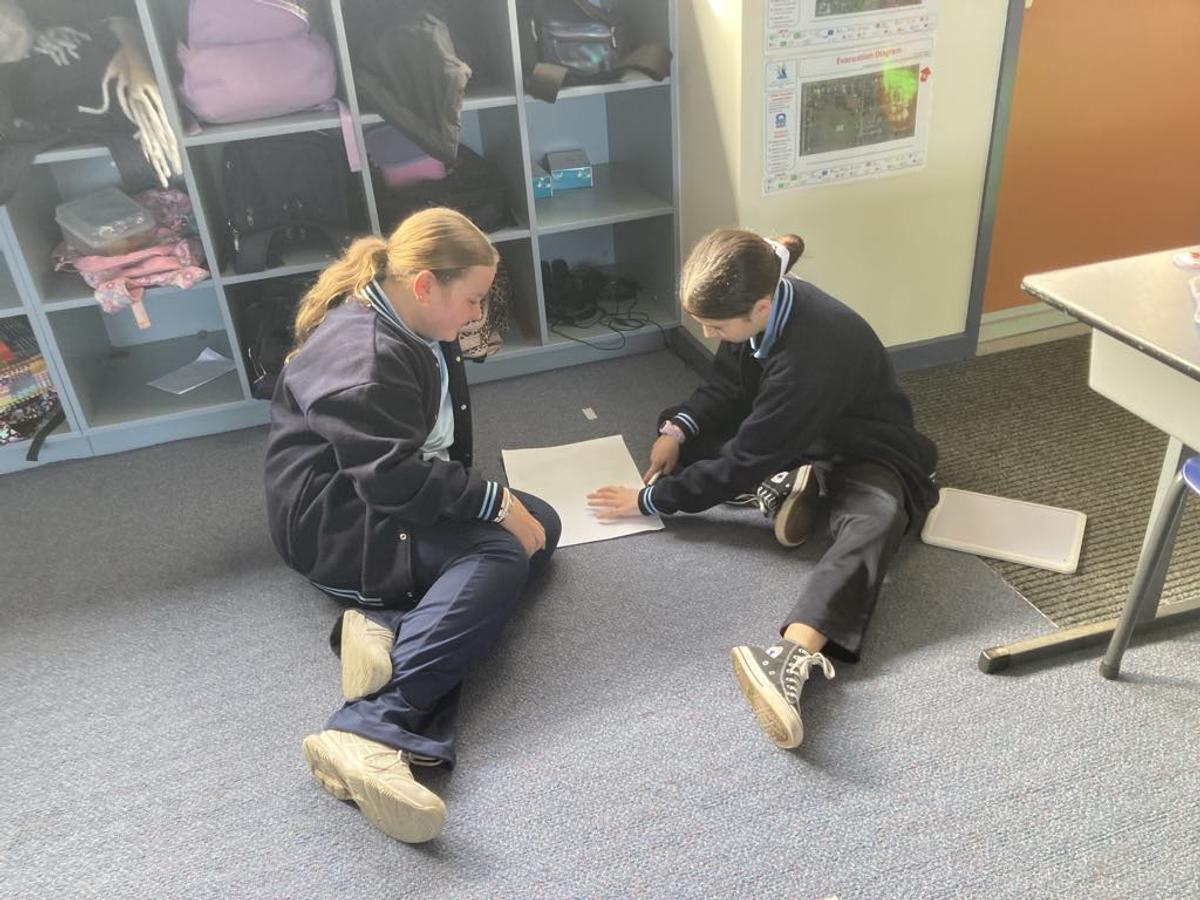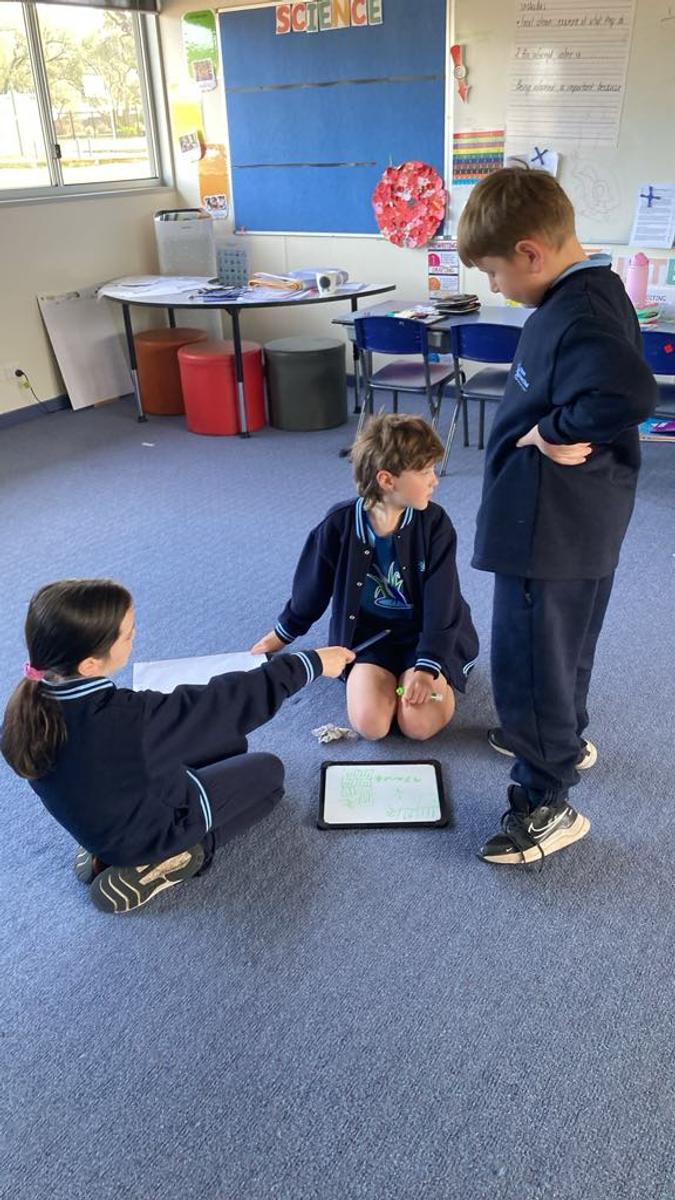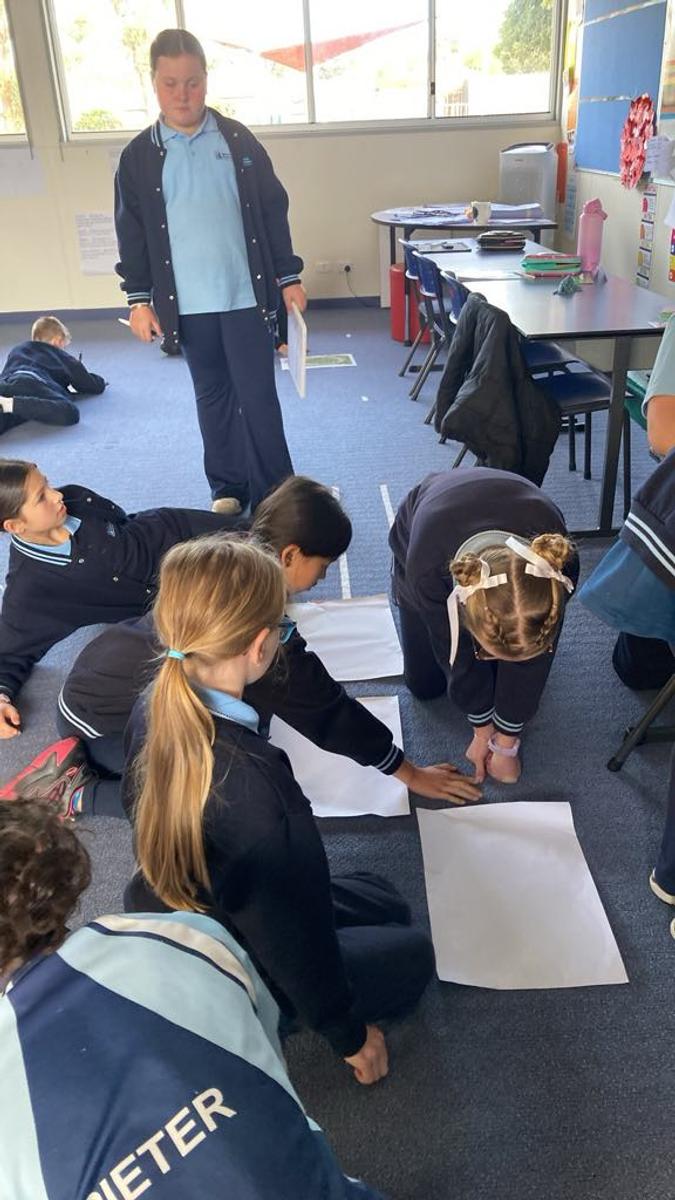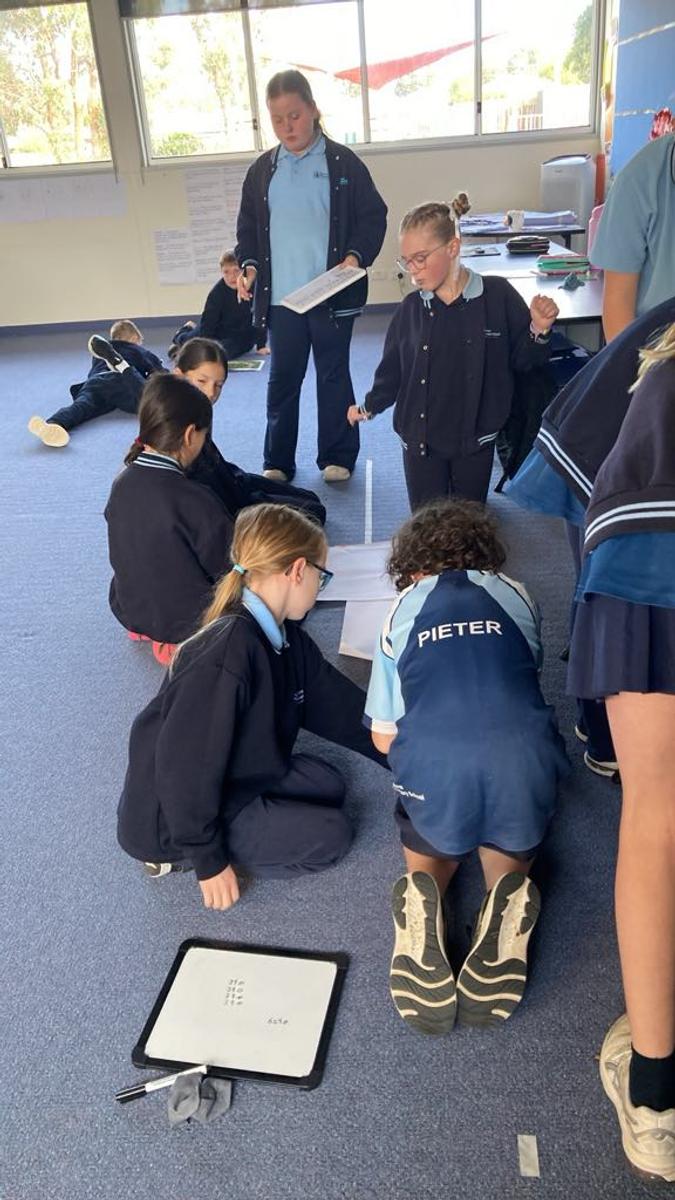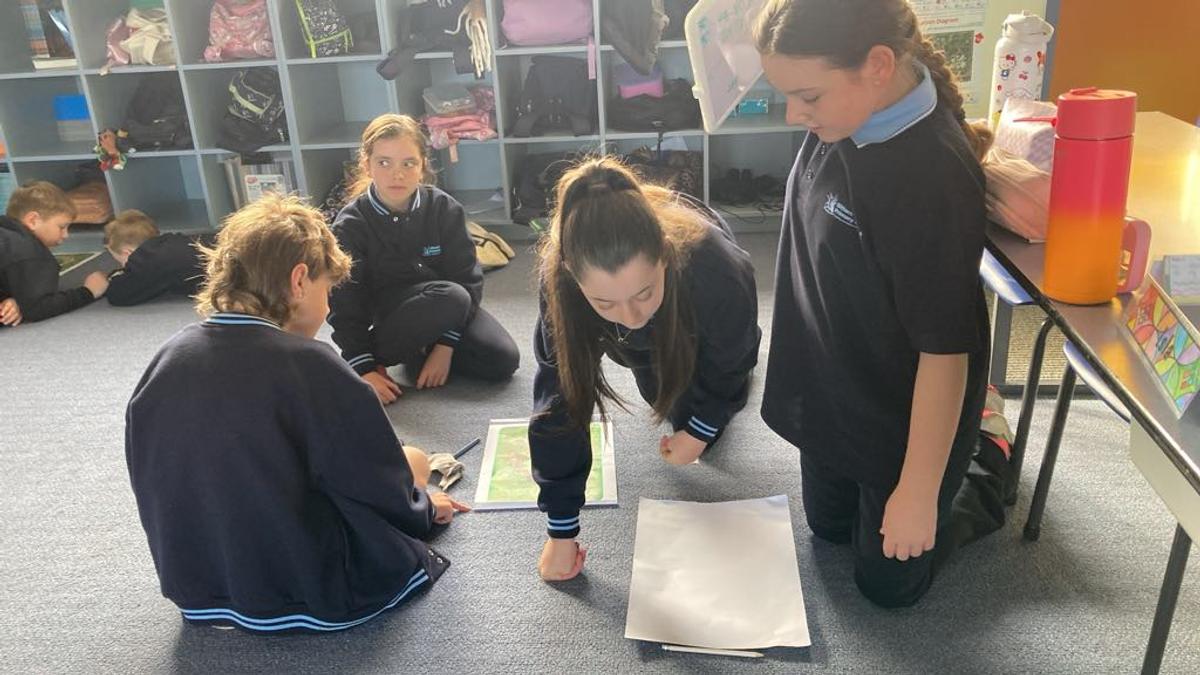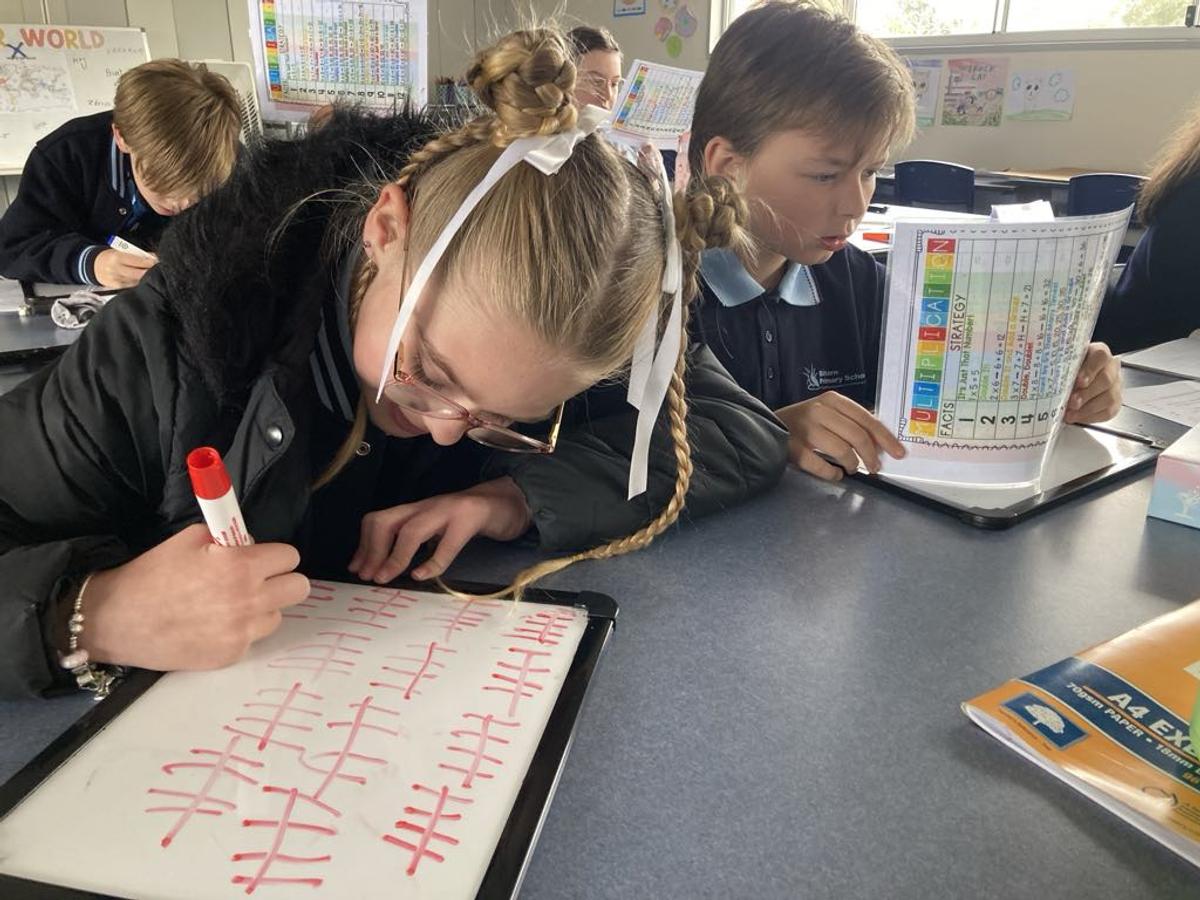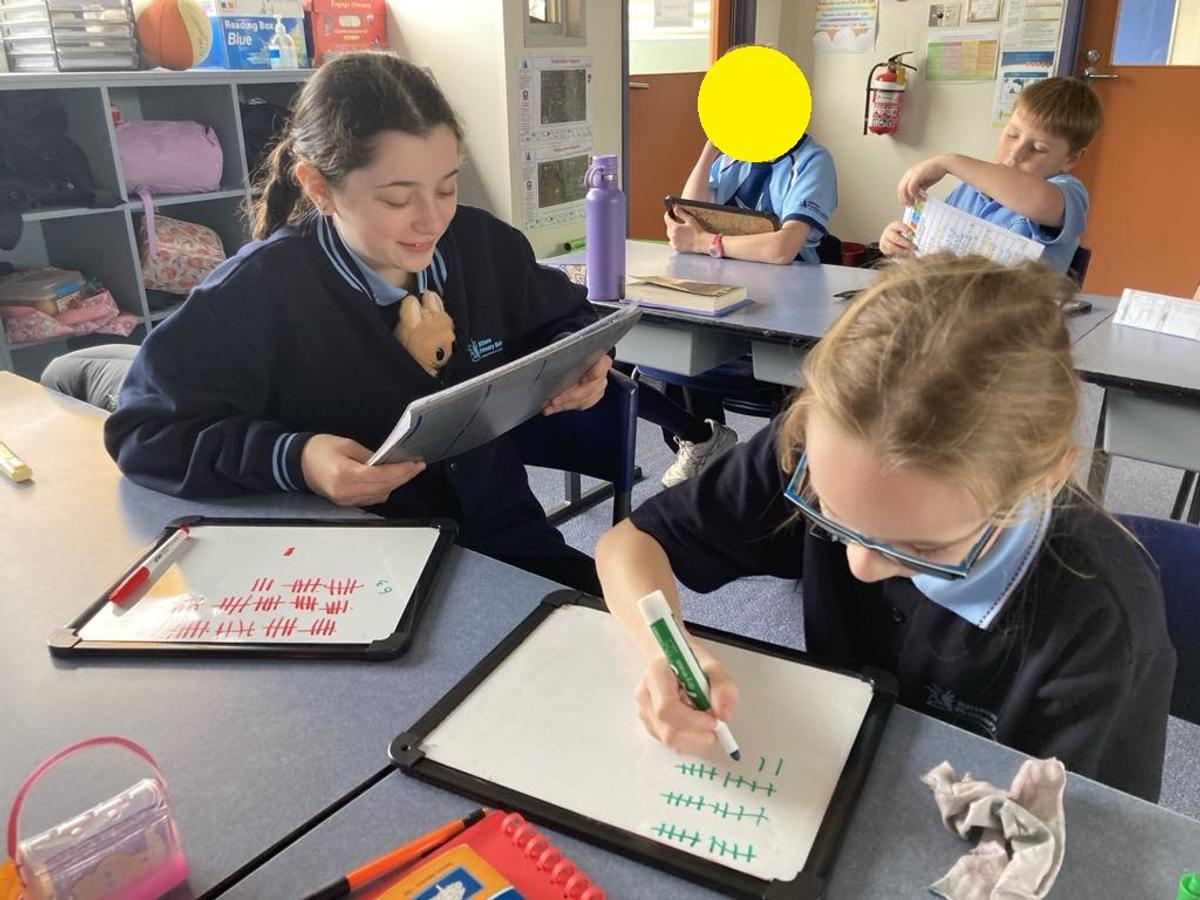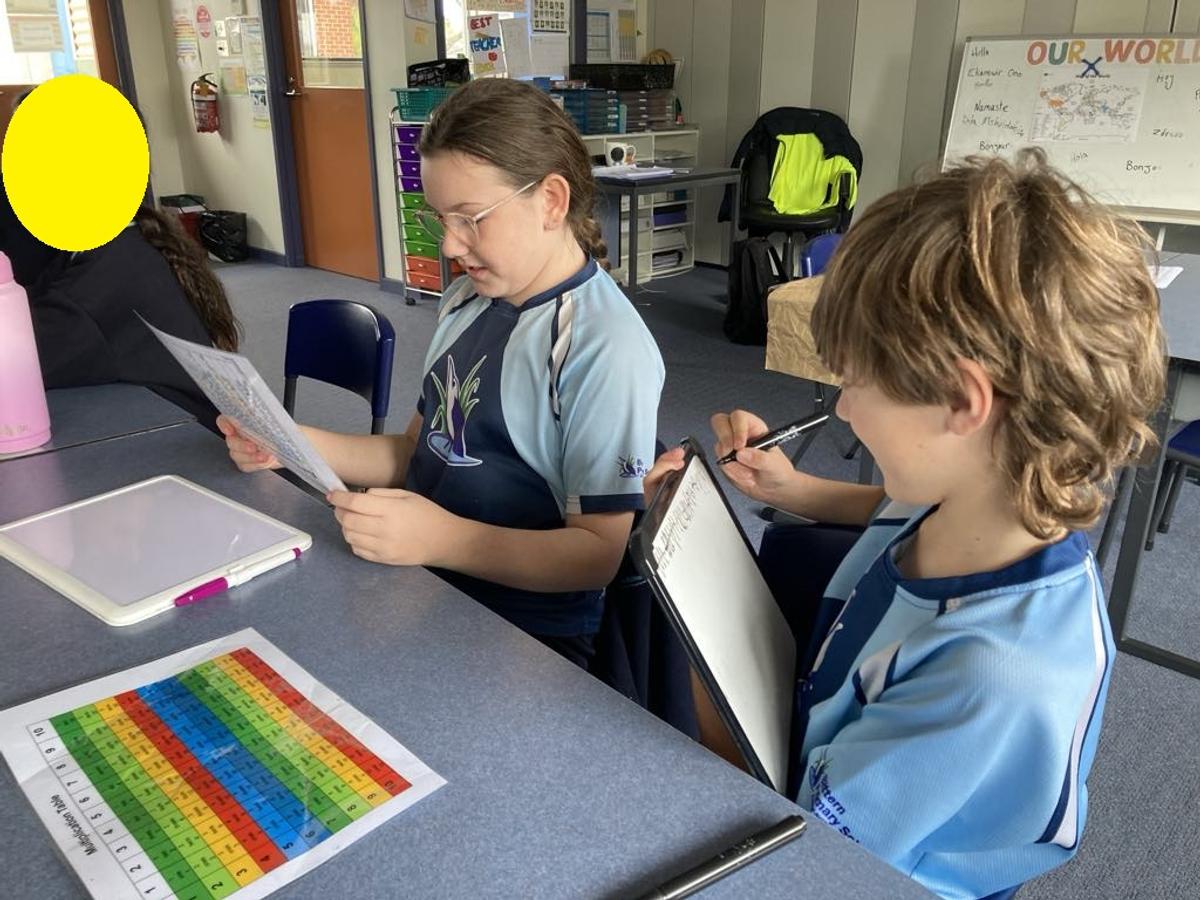Year 4/5
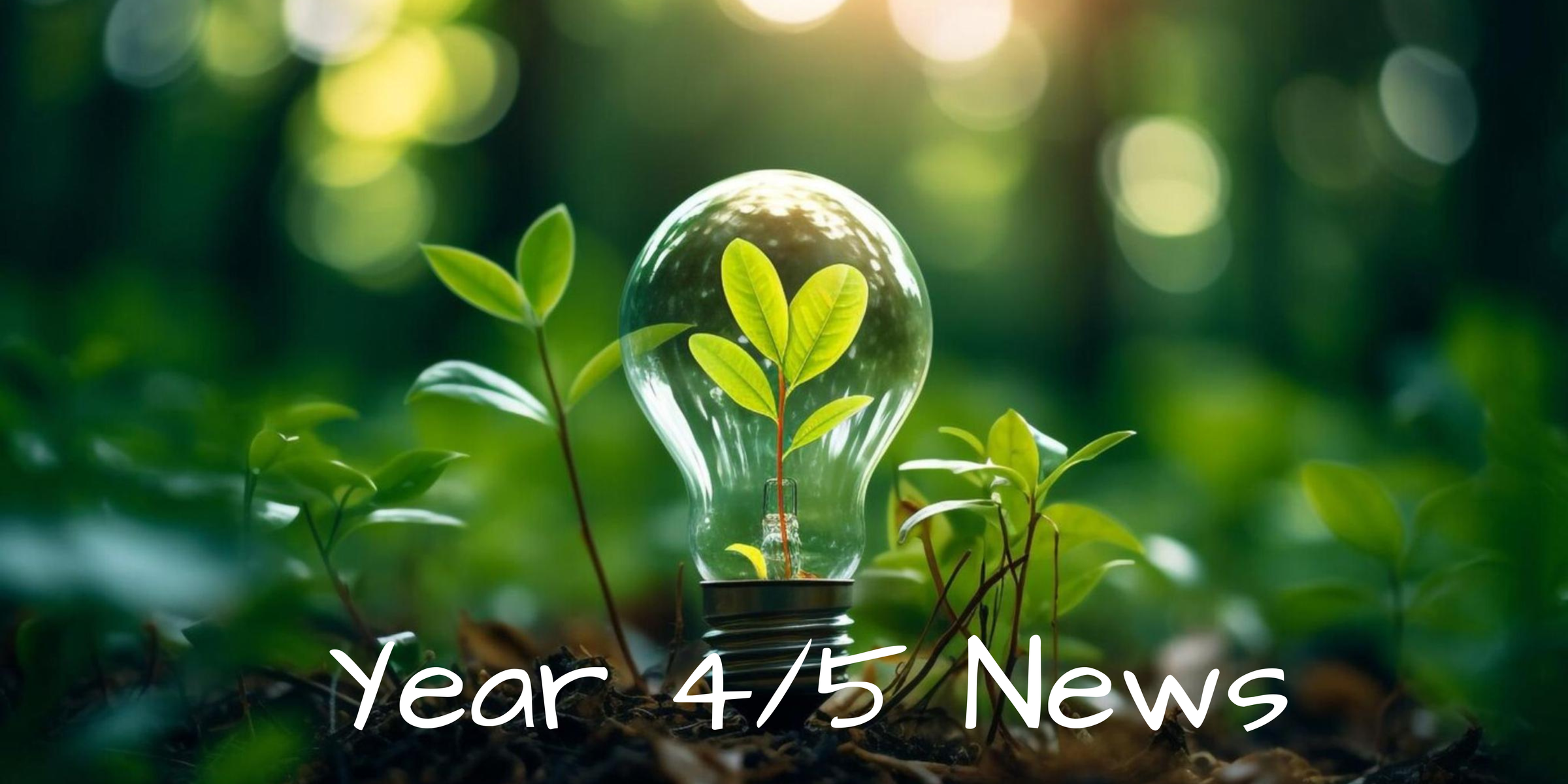
neScience
Understanding Food Chains
What a way to kick off our study into food chains with a game of 'Would You Rather'! The menu wasn't as appetising as the students had hoped, there were some funny faces being pulled at the thought of snacking on these..... ermmmm.... delicacies.
What would you choose?
- Bark or Leaves?
- Worms or Crickets?
- Snail or Algae?
- Cockroach or Frogspawn?
Our explorations into food chains helped us to understand how energy flows through an ecosystem. We’ve been learning how energy from the Sun is captured by plants (producers) and then passed along to animals (consumers), such as herbivores, carnivores and omnivores.
Using arrows to show the direction of energy transfer, we have investigated who eats whom in nature and how living things depend on one another to survive. Through these activities, we are developing a clear understanding of how all life in an ecosystem is connected—beginning with the Sun as the main source of energy.
Buzzing with Importance: The Role of Bees in Our World
We have also been learning about the vital role bees play in our environment — and it’s more important than many people realise!
Bees are more than just honey producers. They help maintain the balance of nature and support life for plants, animals, and humans alike. As bees collect nectar and pollen for food, they also perform the essential job of pollination — transferring pollen from one flower to another. This process allows many plants to grow fruits and seeds, which become food for a wide range of living things.
For humans, this work is especially important. Many of the foods we enjoy — including apples, almonds, strawberries and tomatoes — depend on bees to turn flowers into the fruits we eat. Without bees, many of our favourite fresh foods would disappear from our diets. They also support farming industries and contribute significantly to the economy.
Through this learning, we have gained a deeper understanding of how bees connect with the broader ecosystem and why it’s so important to protect them. By caring for bees, we’re also caring for our future!
Civics and Citizenship
Understanding Citizenship and Civic Life
Did you know there are five types of citizenship? They include local, state, national, global and digital. We have been learning how each type offers different ways we can take part in our communities and the wider world. Students have explored how being informed,
making fair decisions, and understanding global issues all play a part in being a responsible citizen.
We explored the legal rights and responsibilities of Australian citizens, such as voting, enrolling, and even serving on a jury. We learned about the importance of voting—highlighting that it’s not just a right, but a responsibility that helps keep our democracy strong. We looked at the roles of elected representatives and the importance of making decisions that reflect the needs of the people.
We also examined how volunteering and community organisations play a key role in addressing social issues, and how digital tools like social media can be used to support causes and create change.
Maths
Learning About Area
We started learning about area with a challenge to measure the area of our room with only a piece of paper. This helped us learn that area is the amount of space a shape covers, and it needs to be measured using square (2D) units. We found out using 1D units, like centimetres, doesn’t work for area because area has both length and width. Squares are the best unit to use because they fit together without gaps or overlaps.
We practised measuring space by reusing one unit and worked out area by creating arrays—rows and columns of squares. We learned to use multiplication instead of repeated addition to find the total area. This helped us understand that area is connected to multiplication and that square units are important because area is a 2D measurement.
The times table challenge continues!!!
Literacy
Everyone looks forward to our weekly spelling words and especially our silly short story challenge! These stories always make us smile with their creativity and silliness and we love sharing them.
It was bleak but clean. My room felt empty. The small gleam on the window was always there. I heard something sneaking and speaking, steam coming out of the living room. I saw a team of people with a lighter and gasoline. I opened my window and escaped out of the house. I got my car and drove to the police, but I was too late. I heard my house start to break down. I had to go to my mum's house. She cooked me a great steak. Since then, I've recovered, but I will never forget that day.
Brody A.
One day Joe had a stroke on a boat and a goat ate his bones from his toes. There was a pole and a coat on a float. The coat came to life and wrote a story on his phone.
Maddy W.
I was kicking my drawing of Joe Wilson. Aggghhhh! I hit a pole! "My toe", I shrieked. Running around like a goat, a coat fell off the rack. After that, I sat on a boat that floats. The captain had a stroke. I was on my phone when we crashed. I wrote a paper to promise I wouldn't sue about my hurt toe.
Spencer H.
The goat was named Joe. He was floating on a boat while he was chewing on a bone. His phone was floating on a pole. Joe was wearing a coat and on Joe's toe he wrote 'goats rule'. Then Joe said "why is a frog doing backstroke?".

